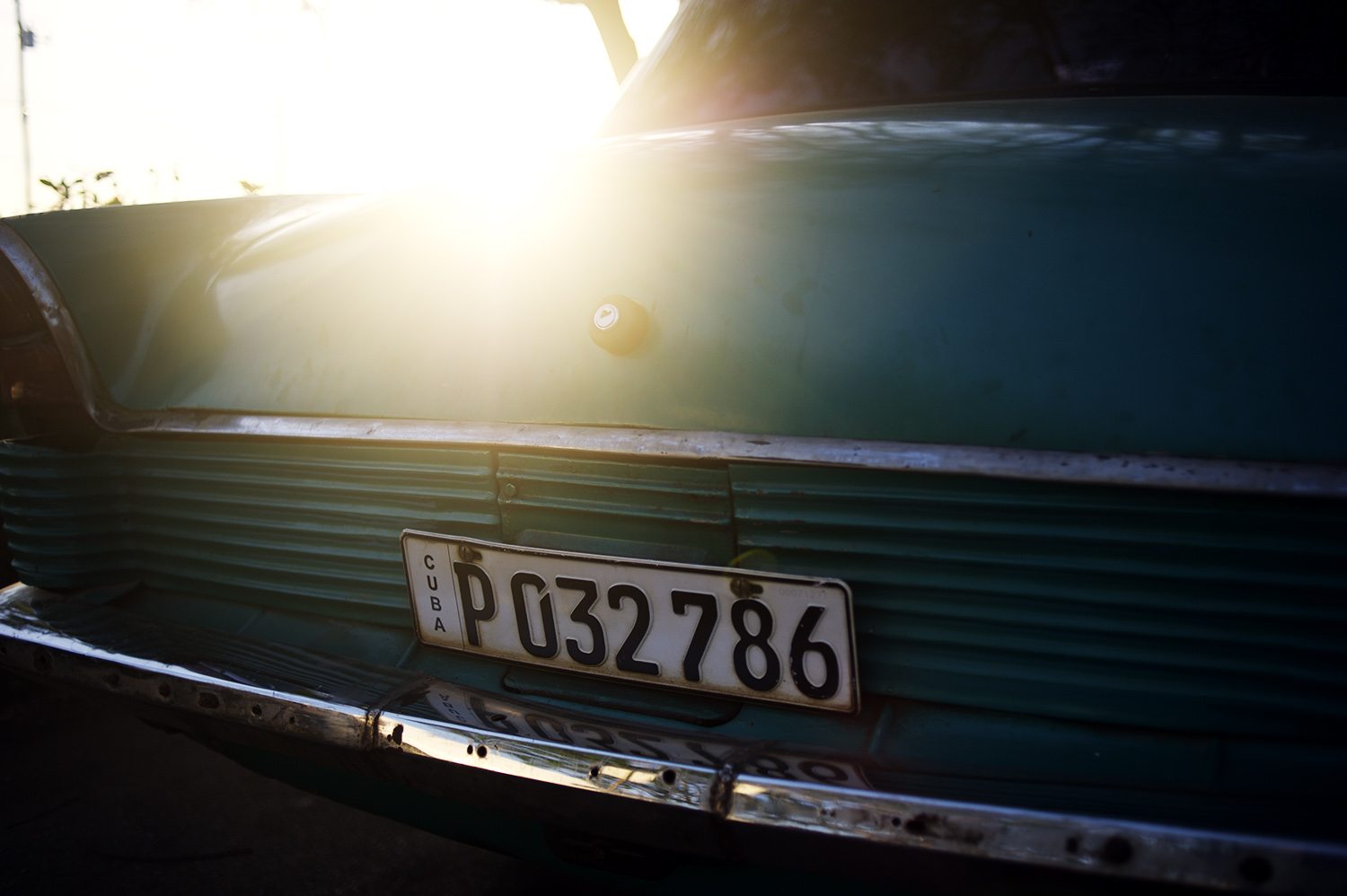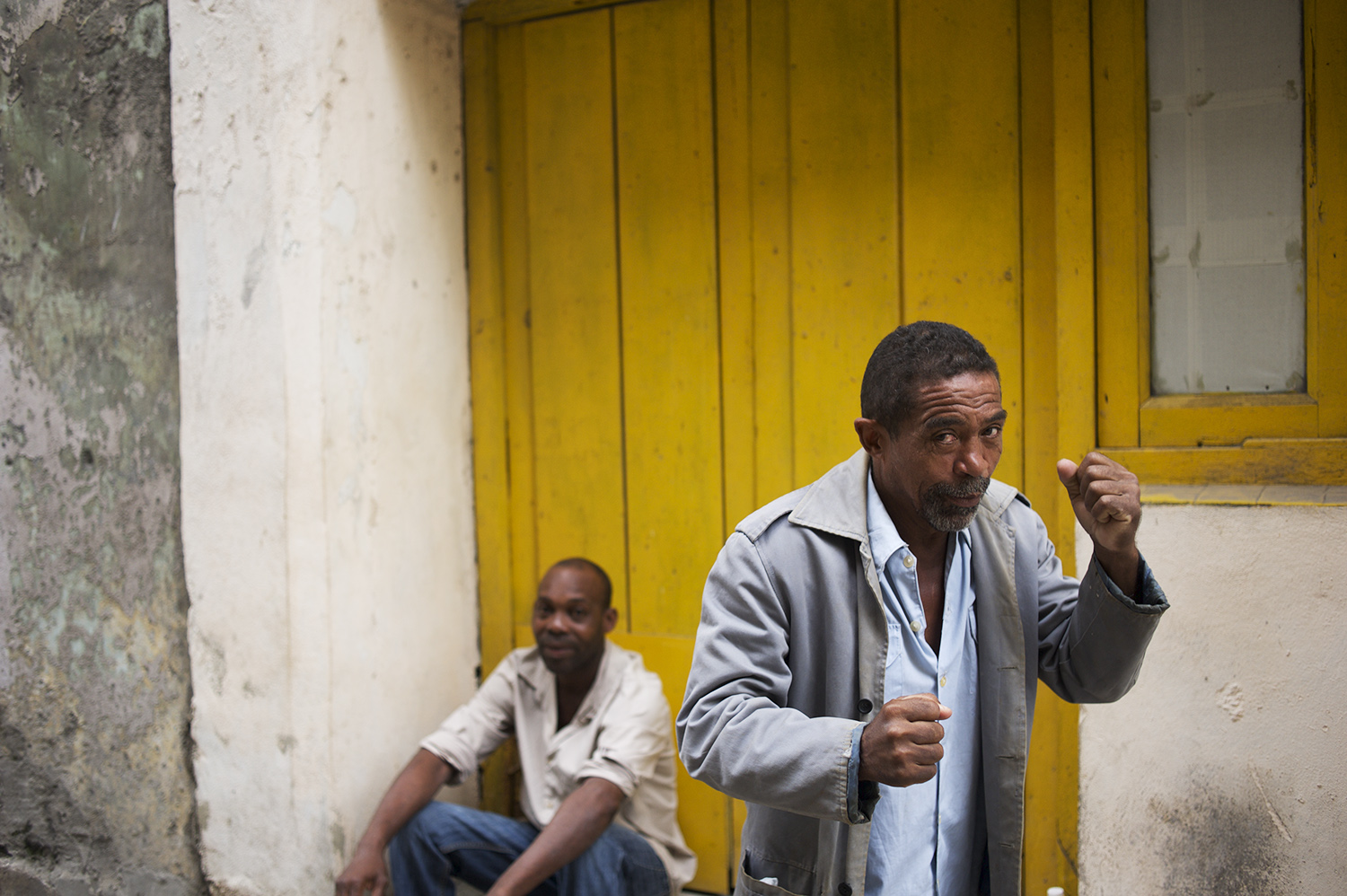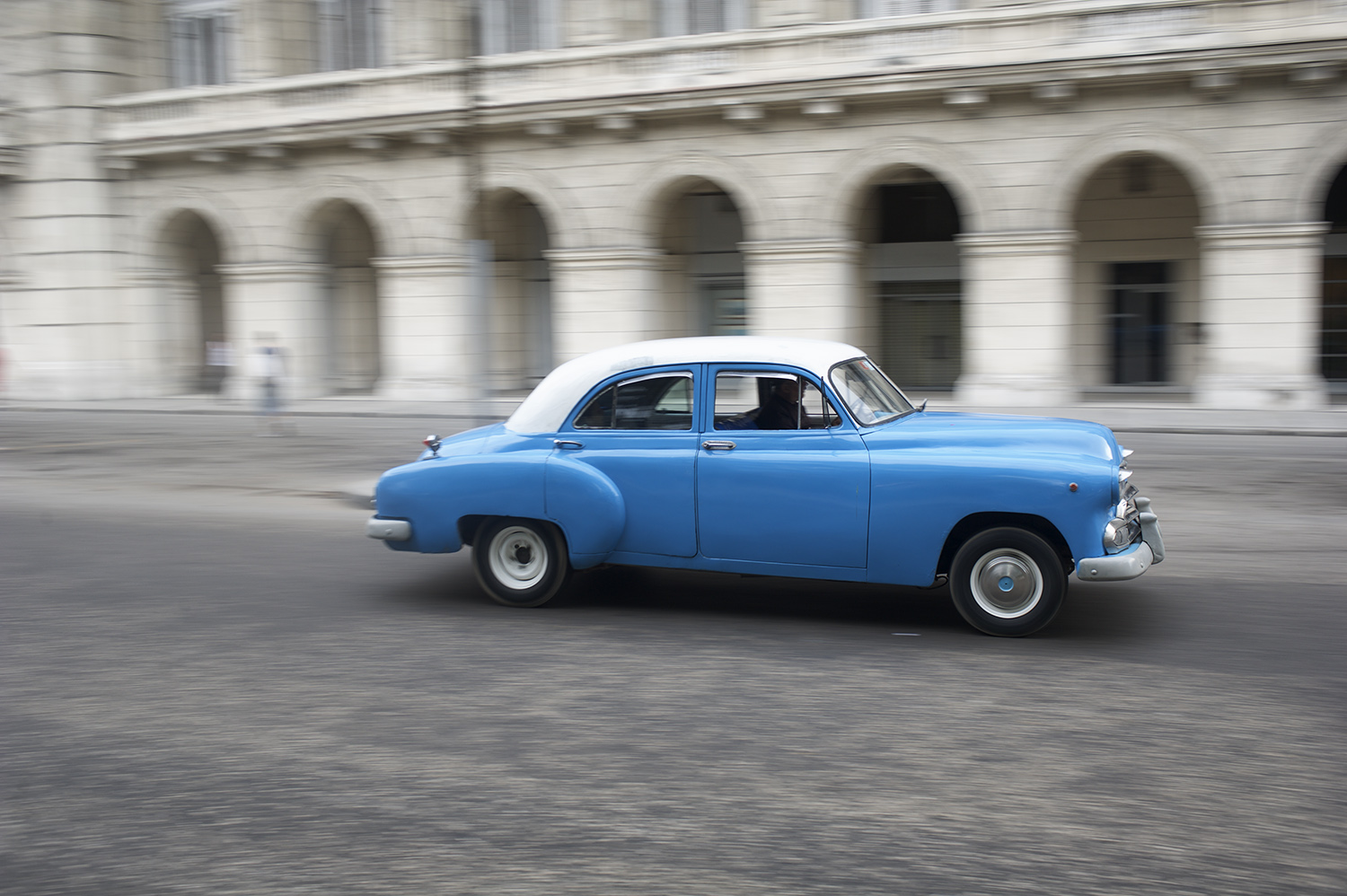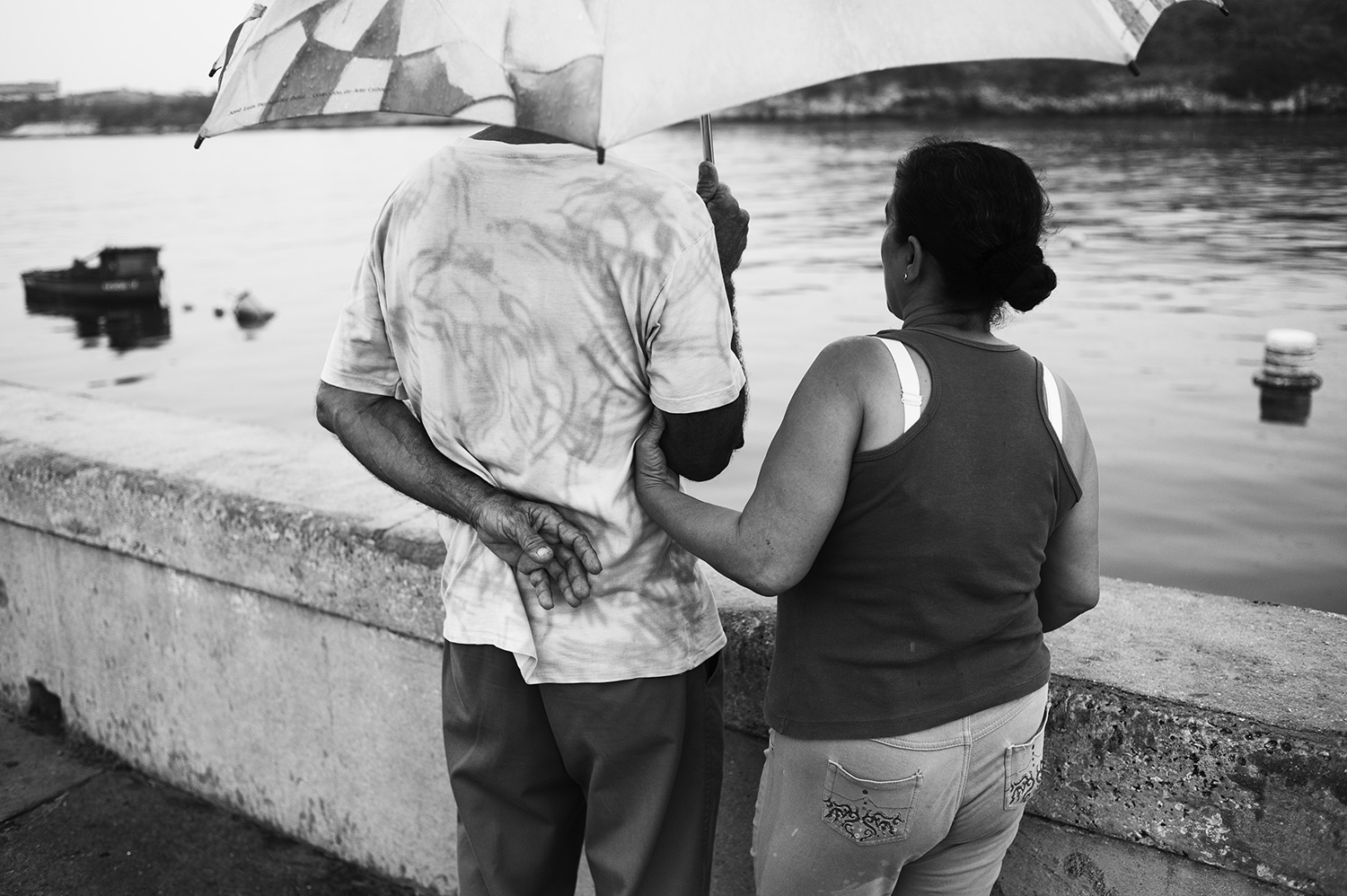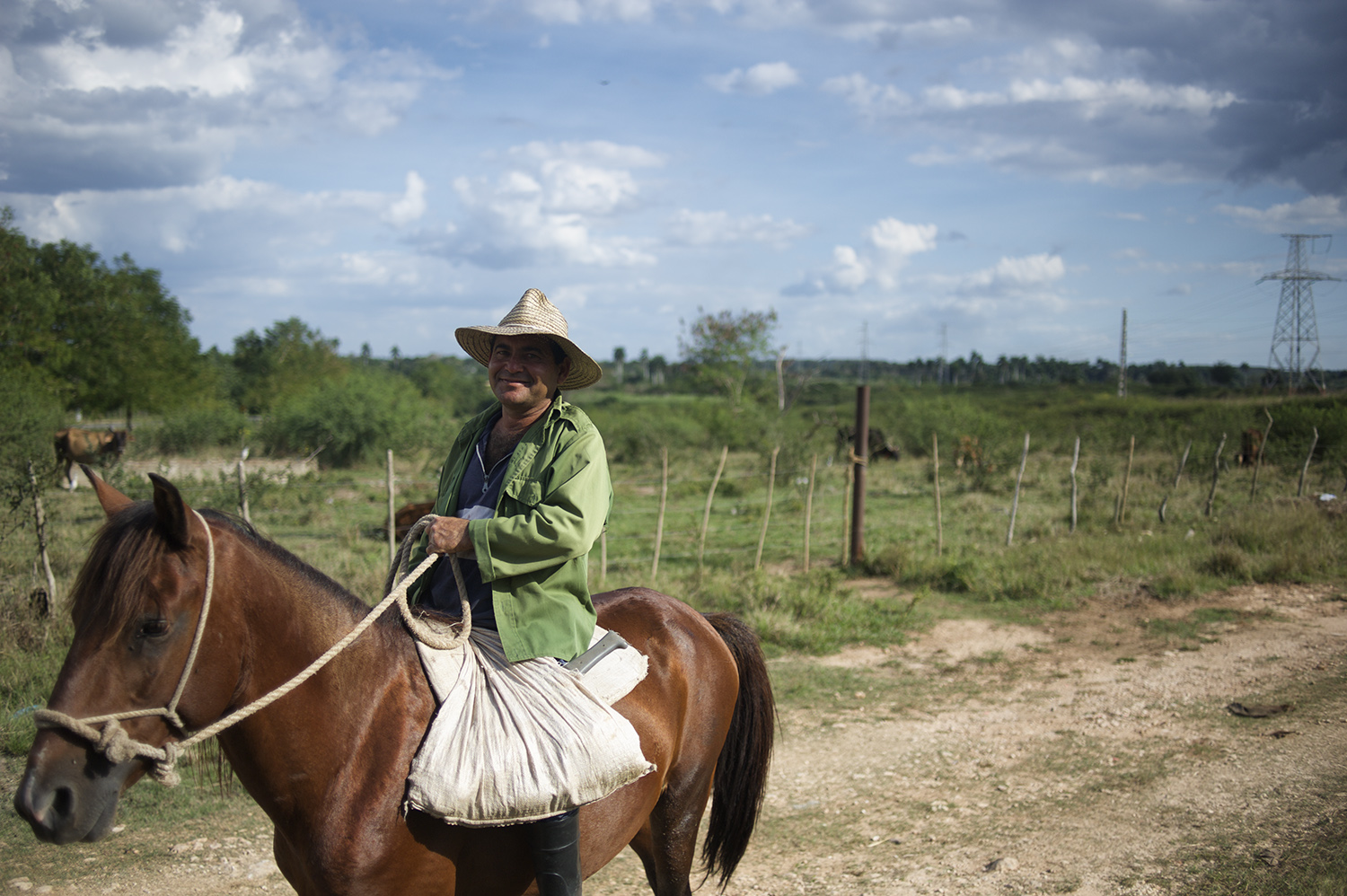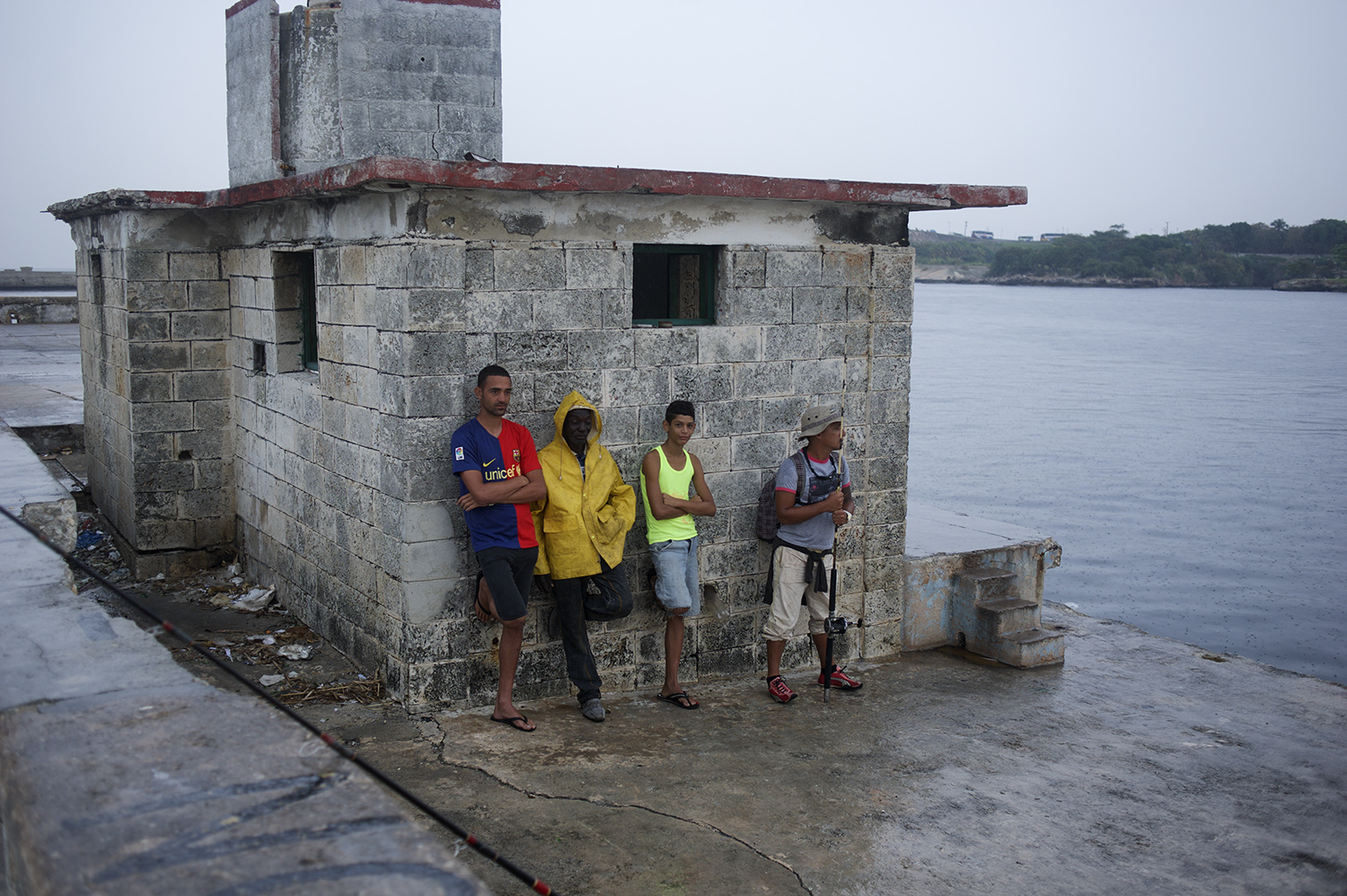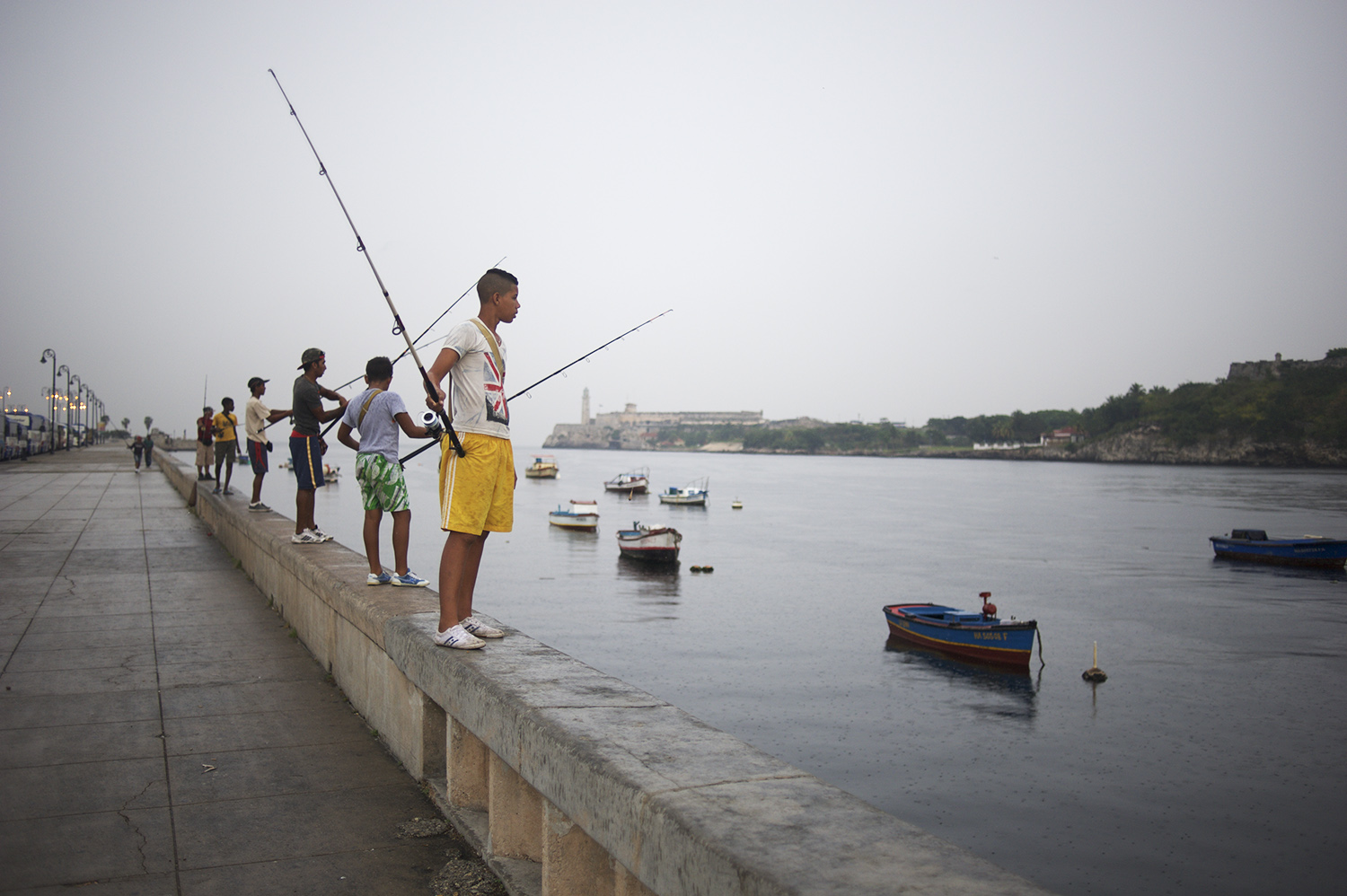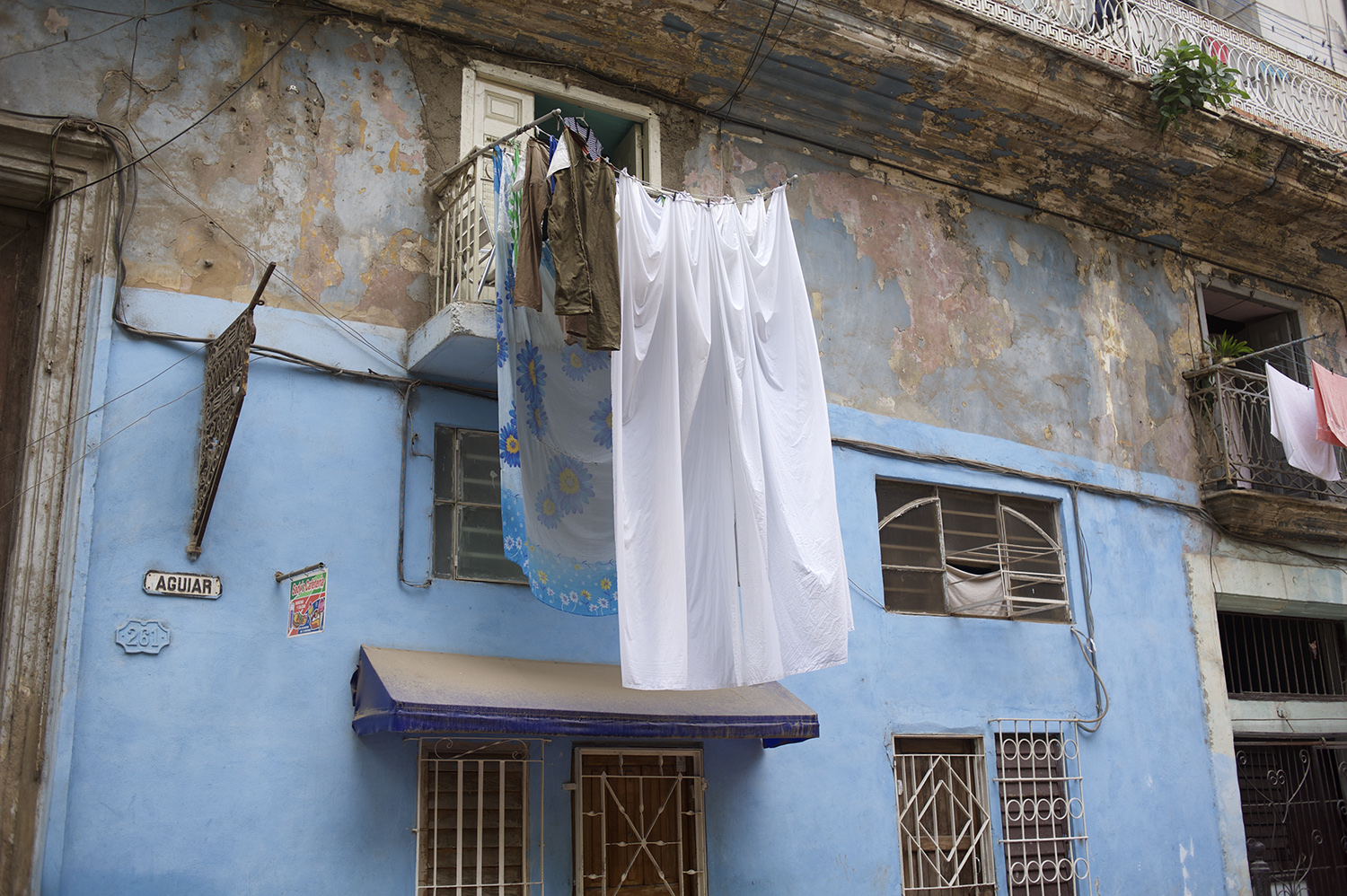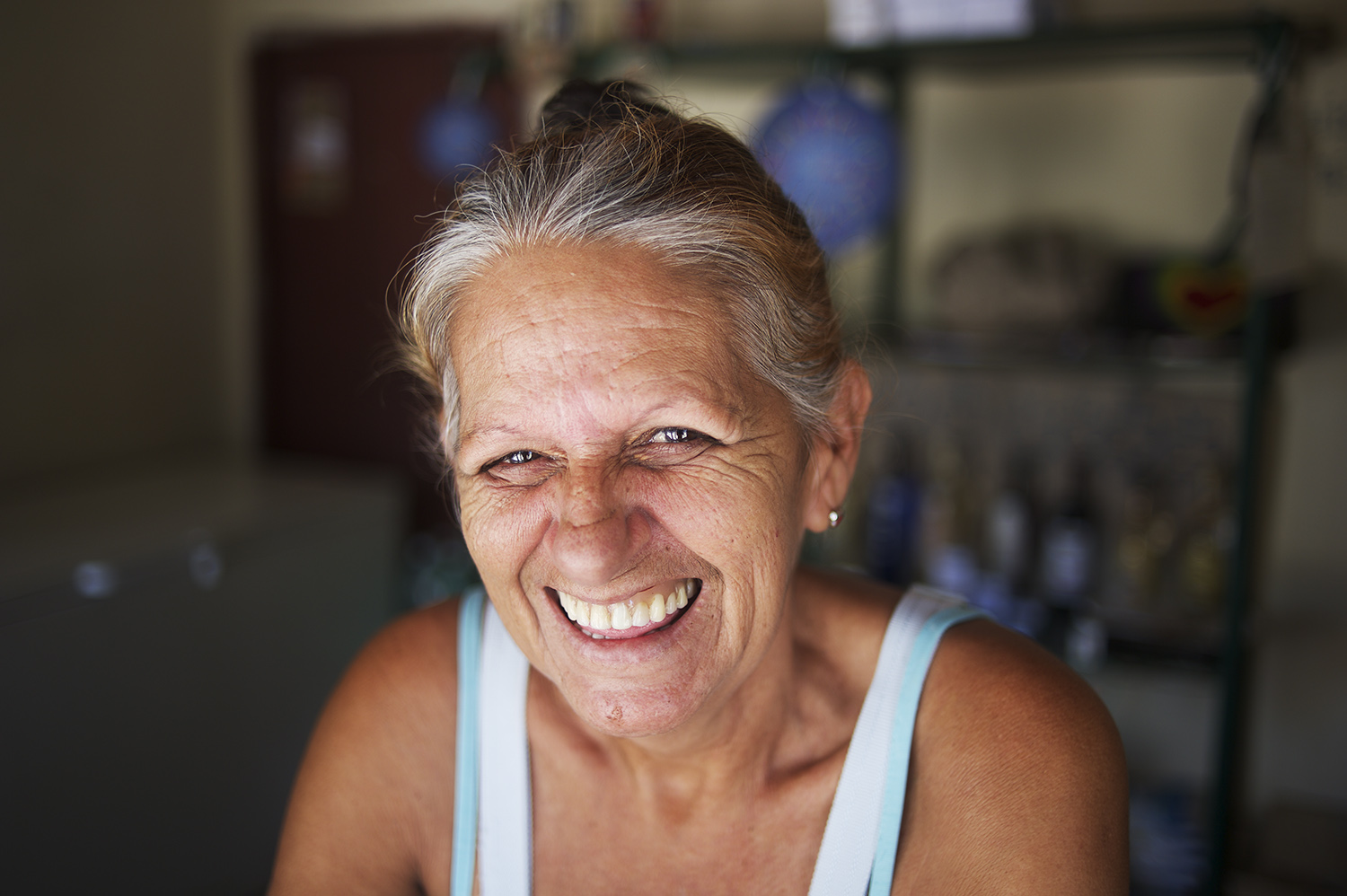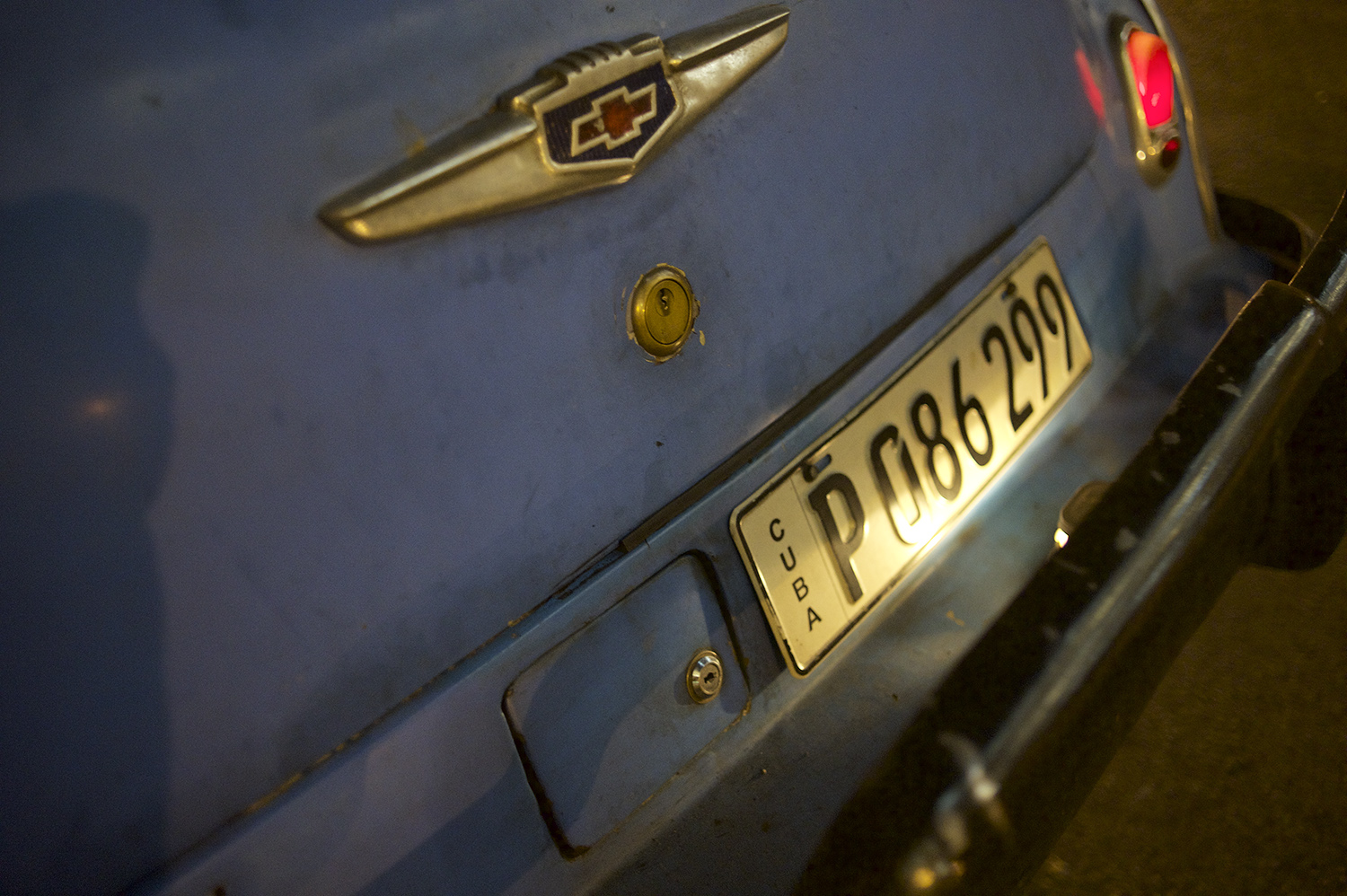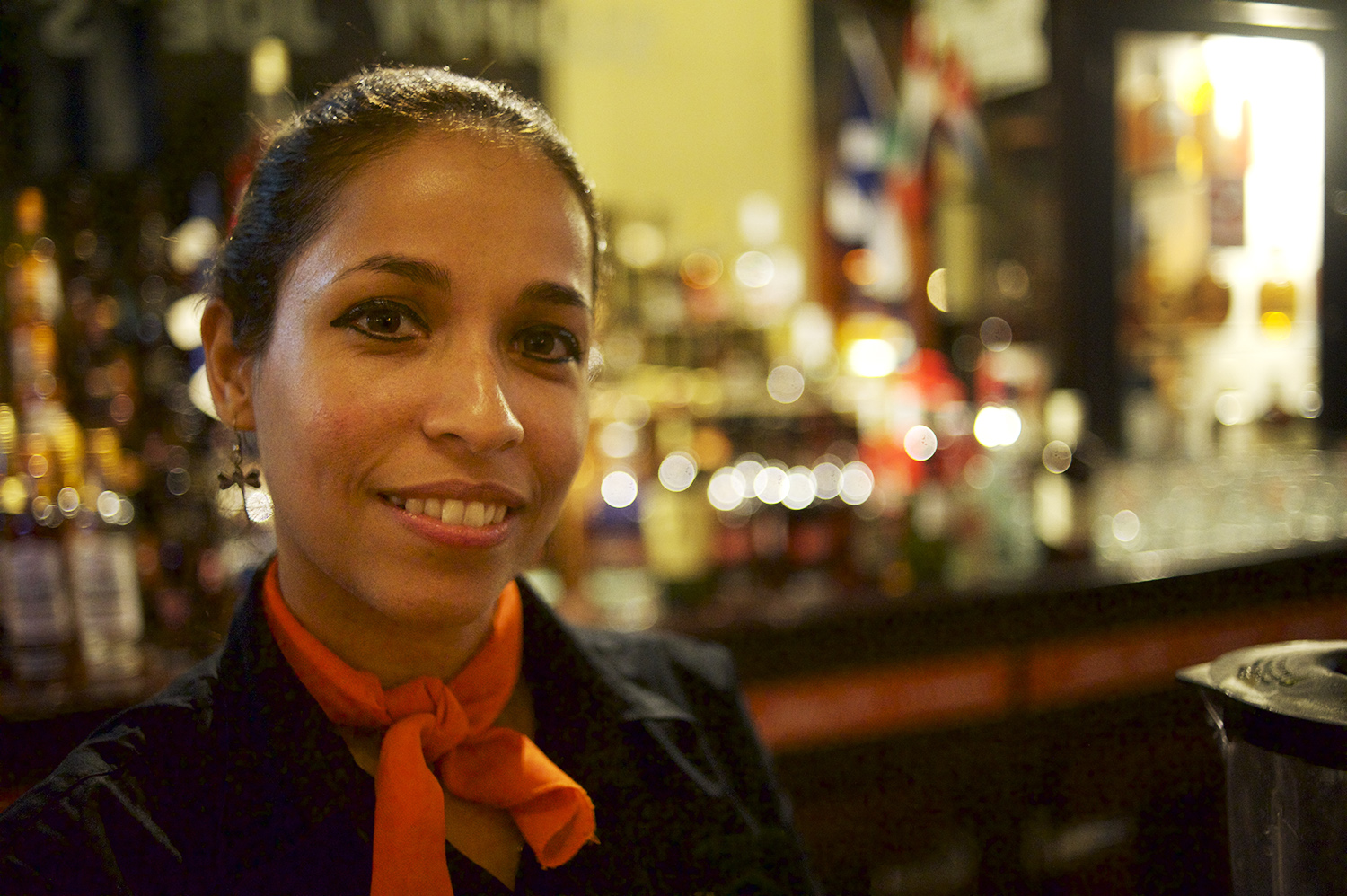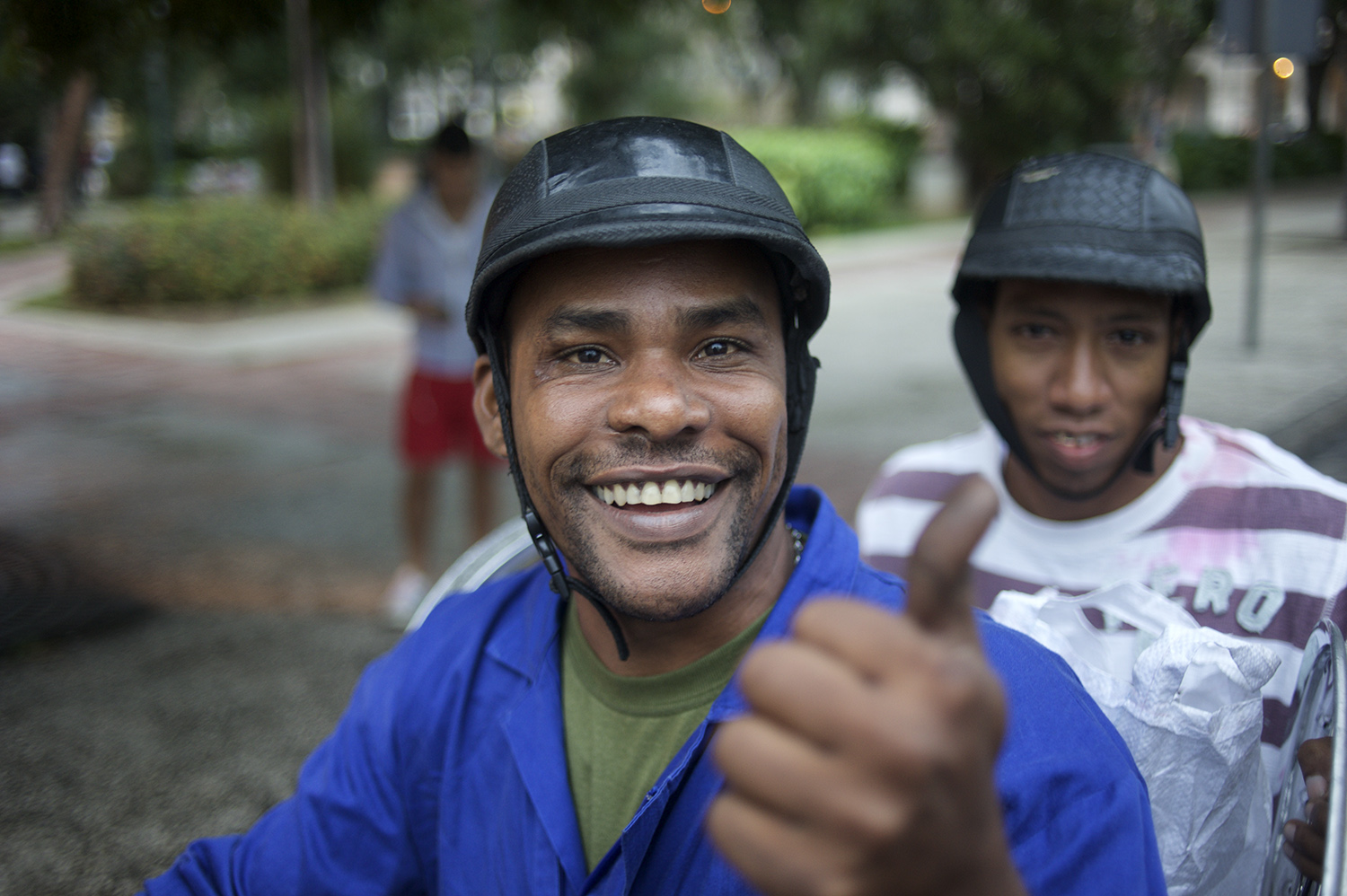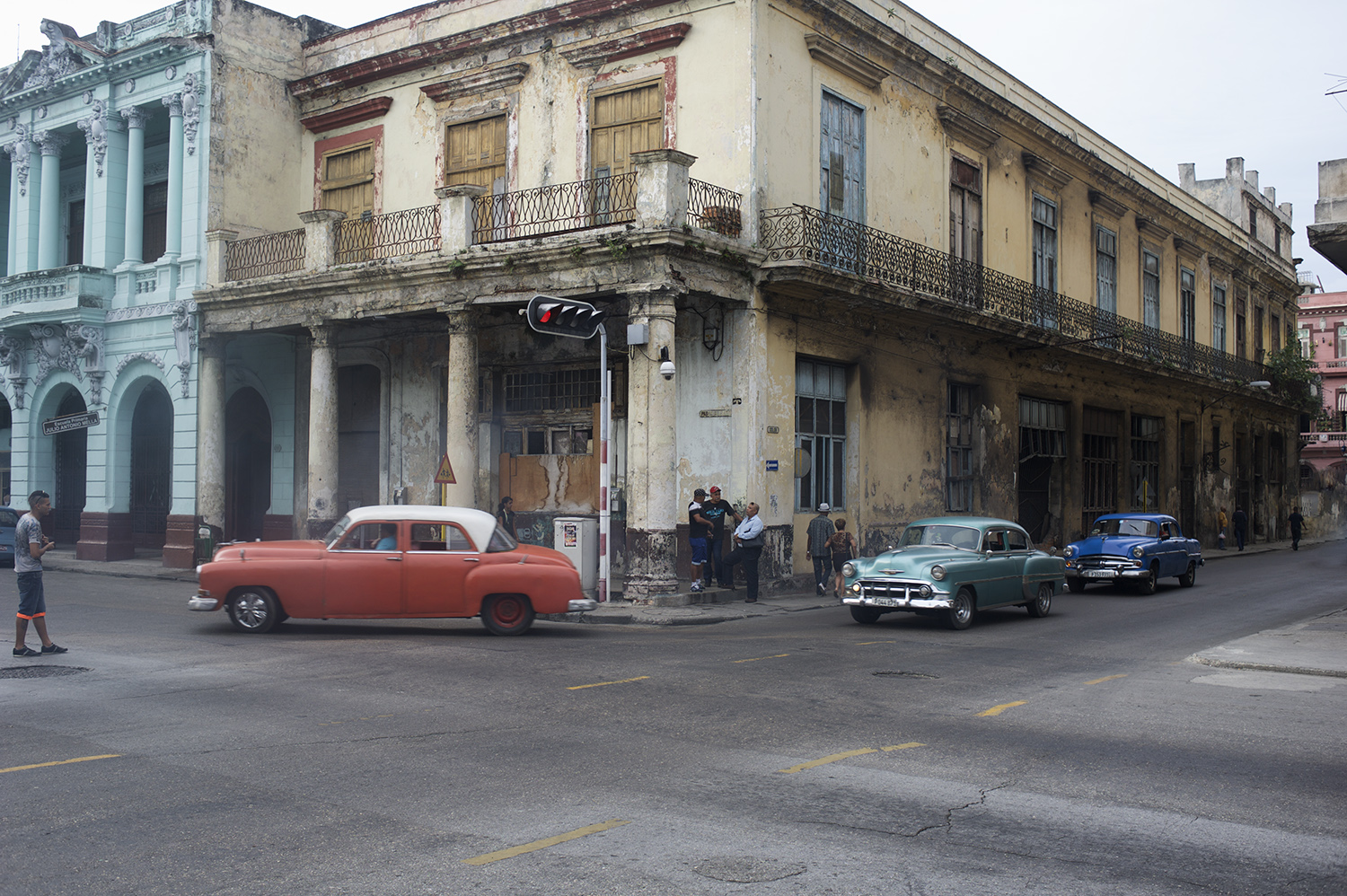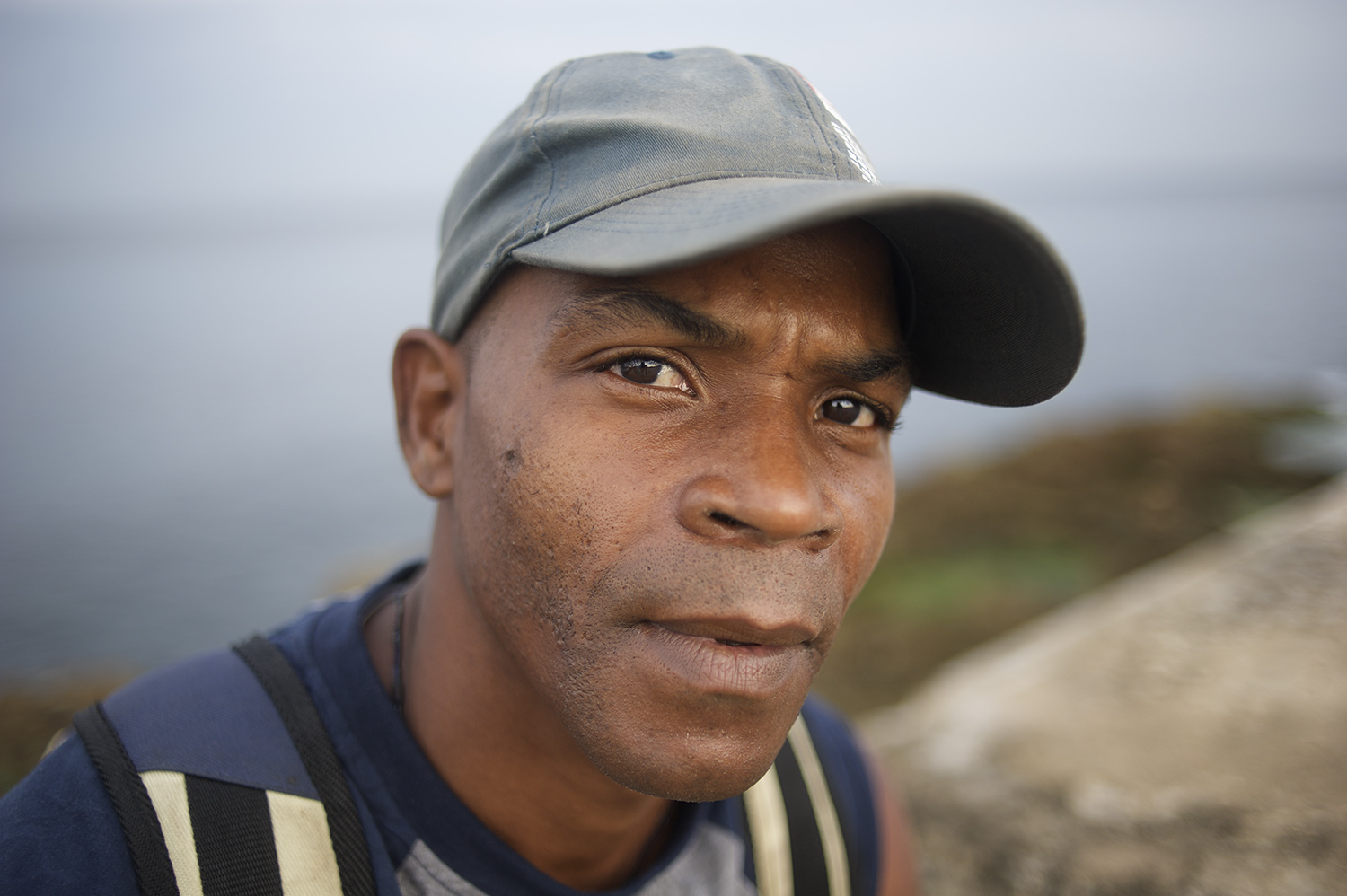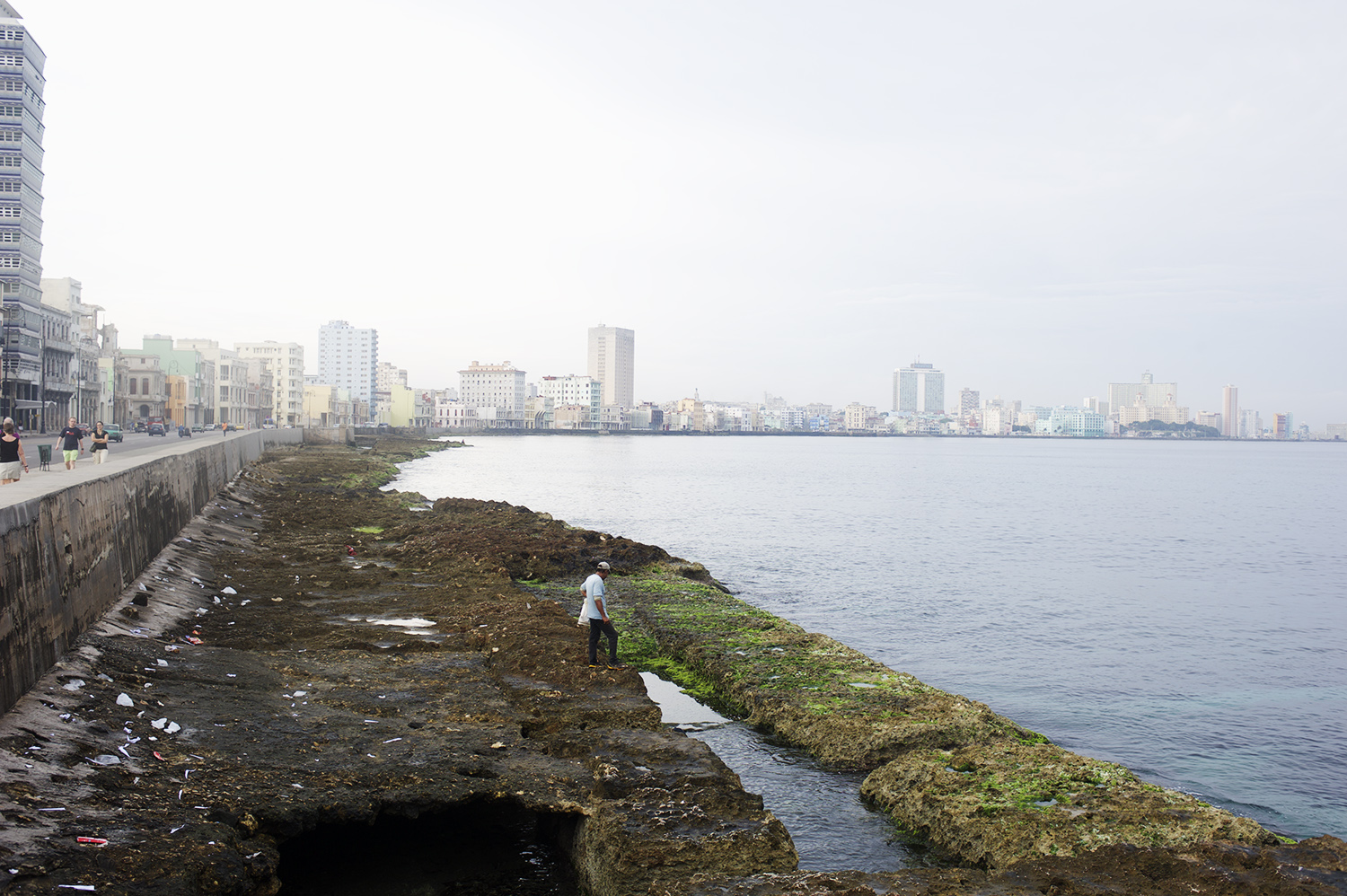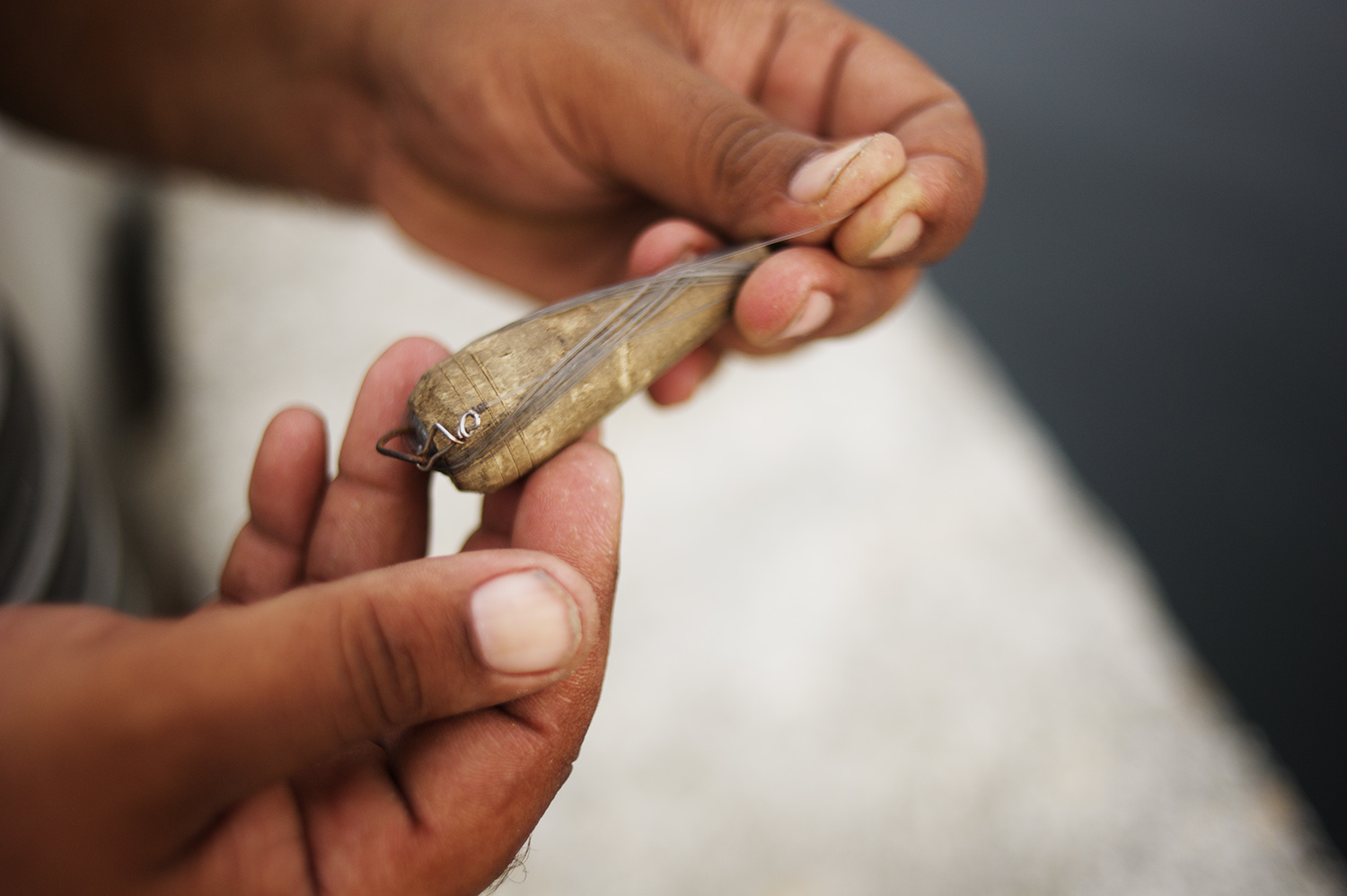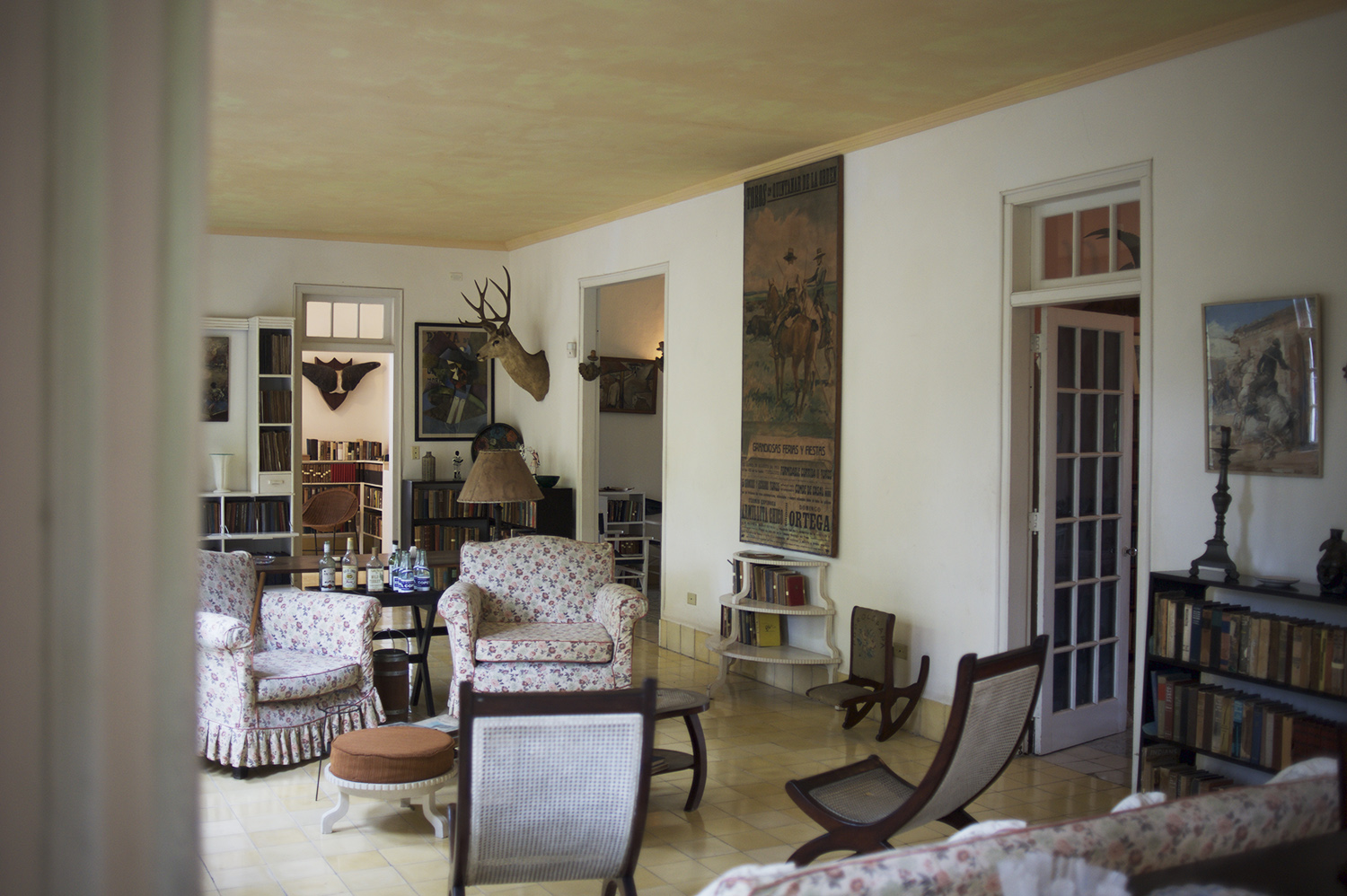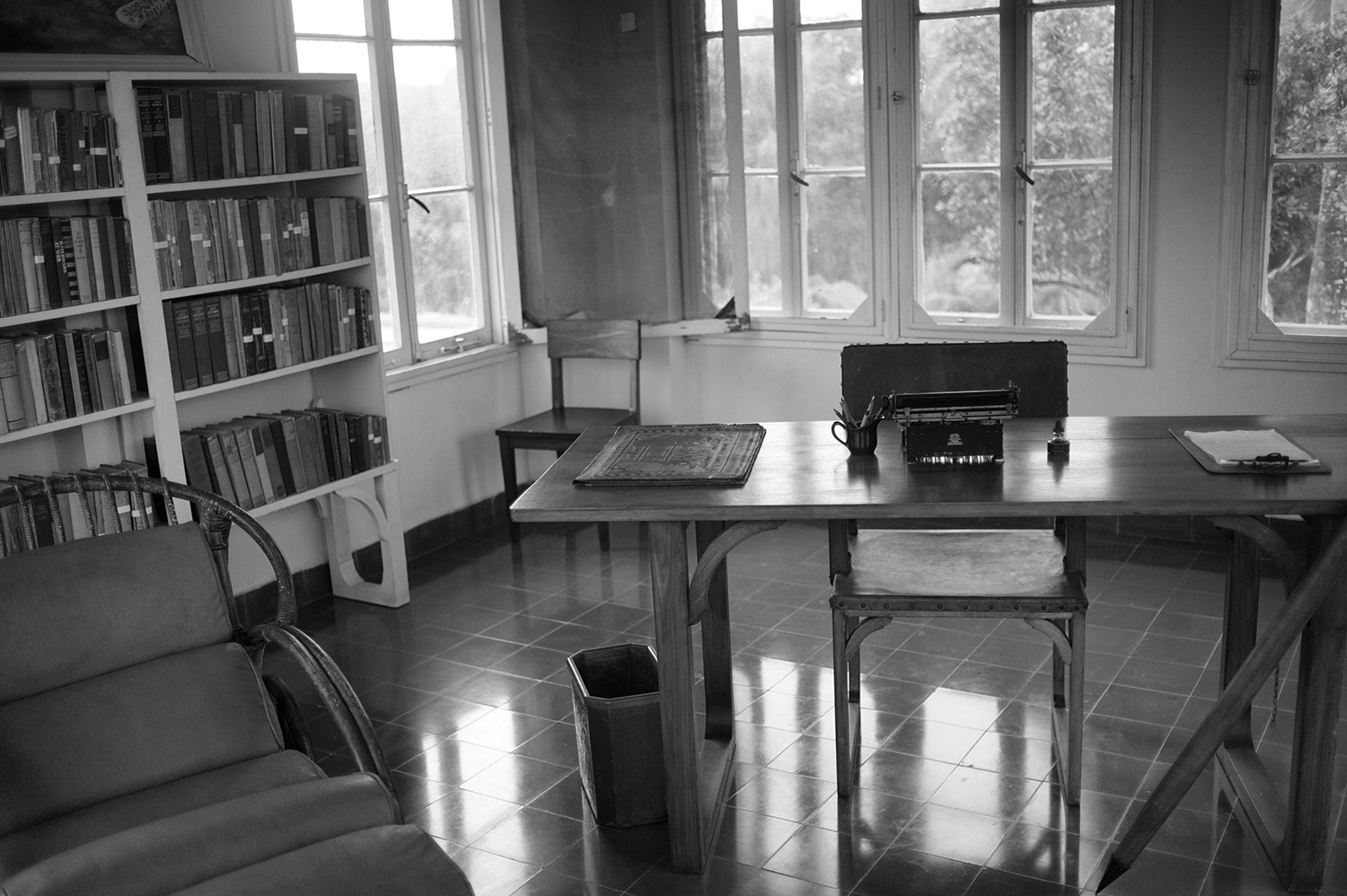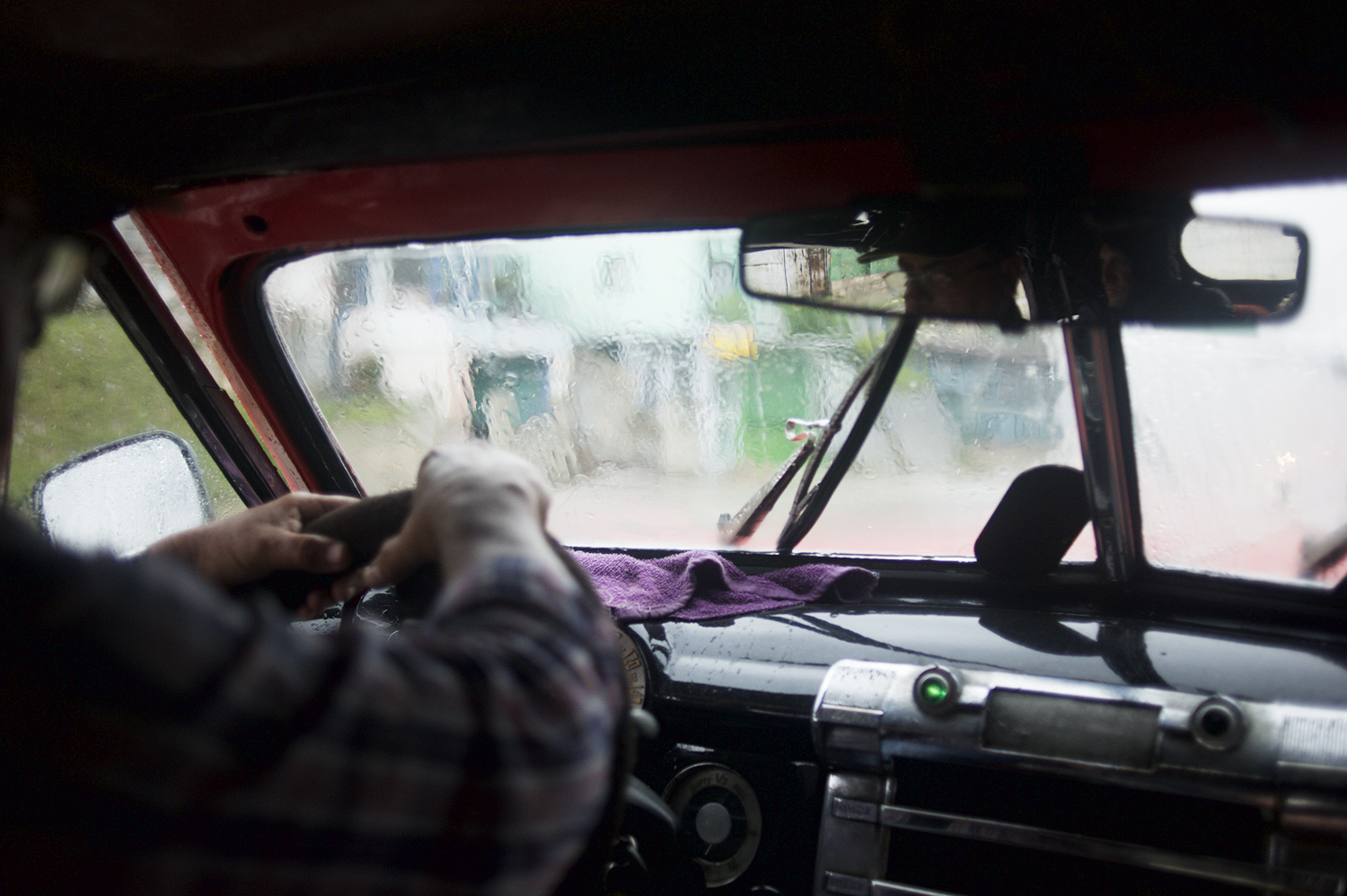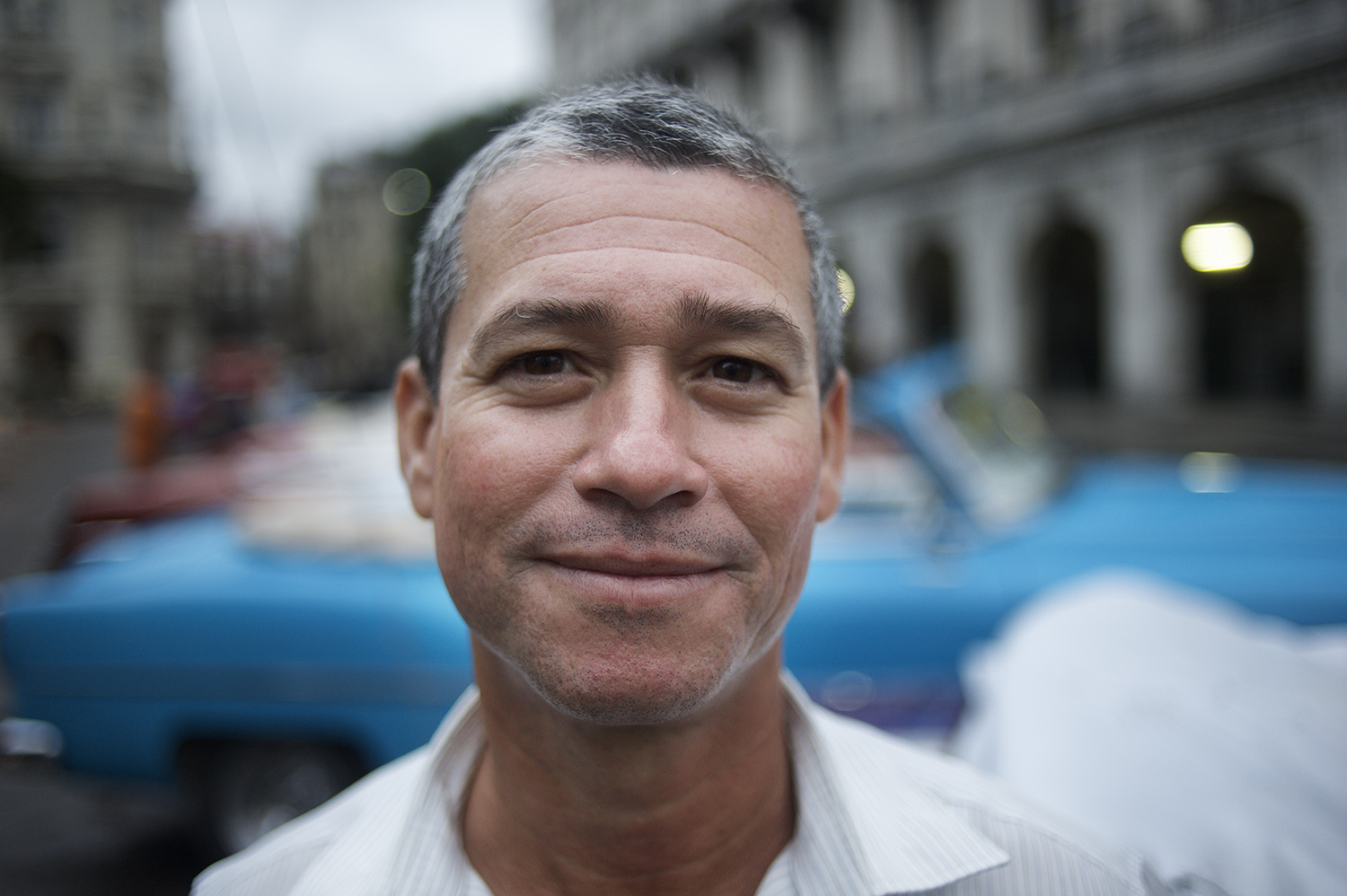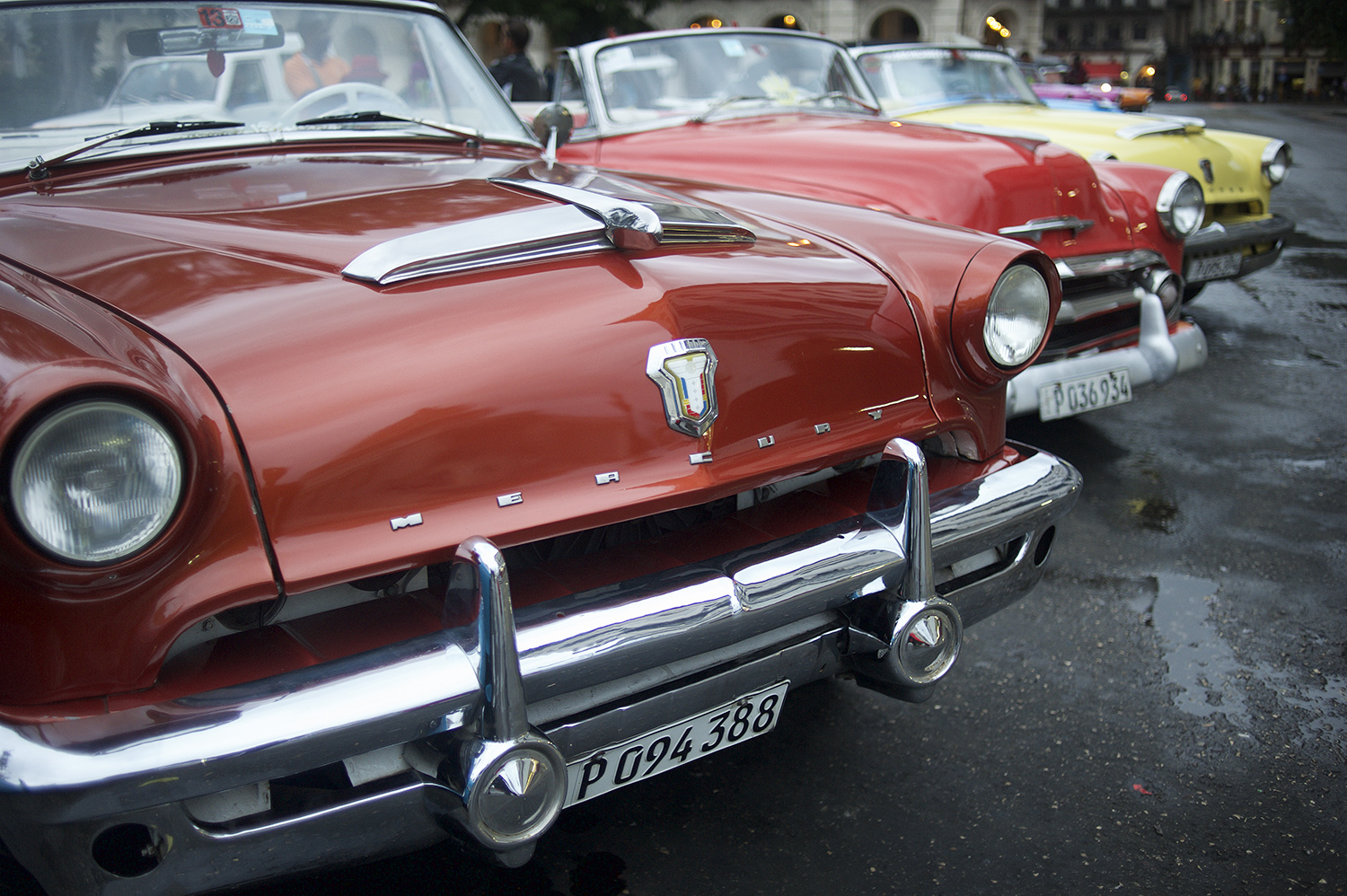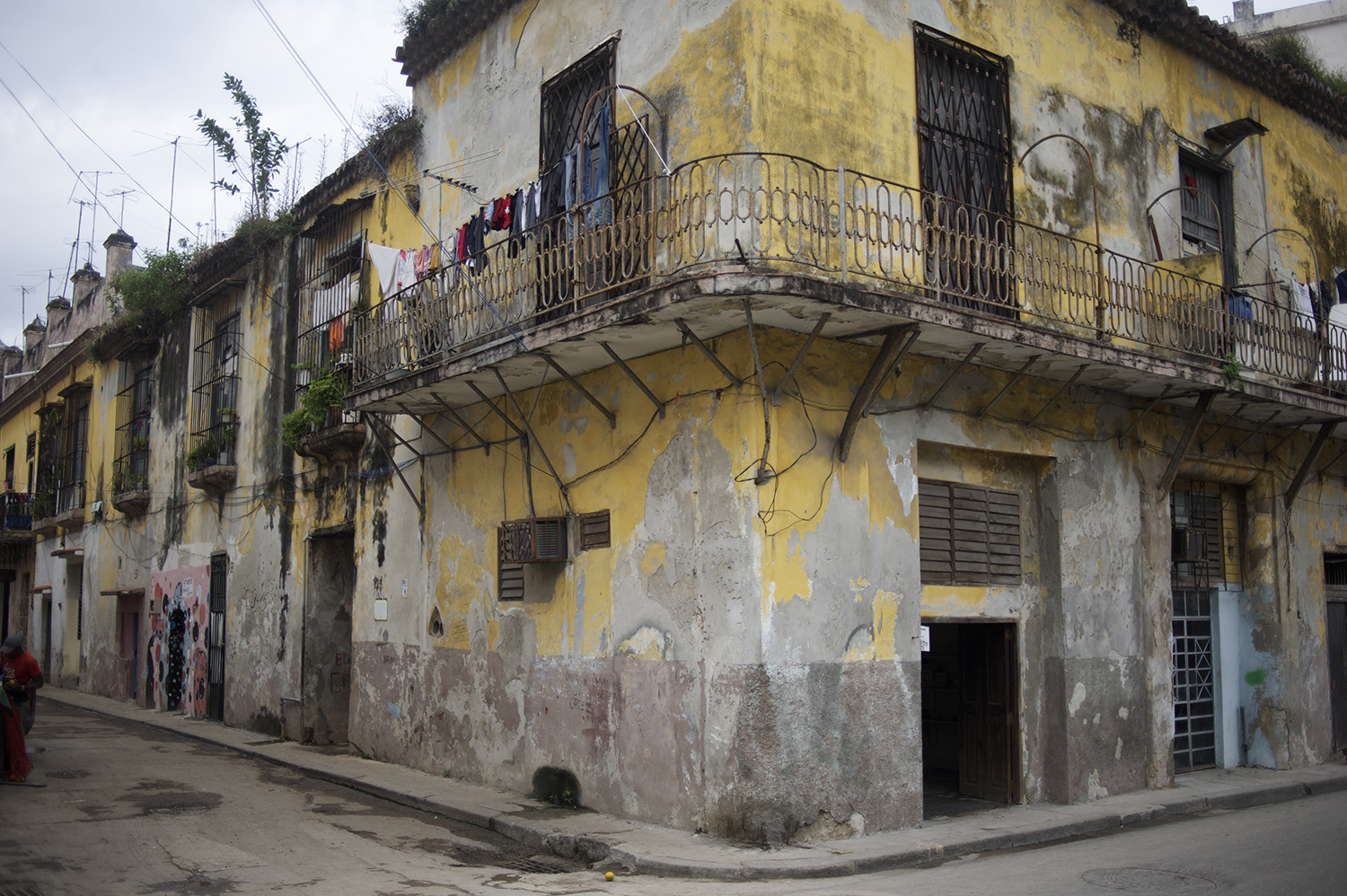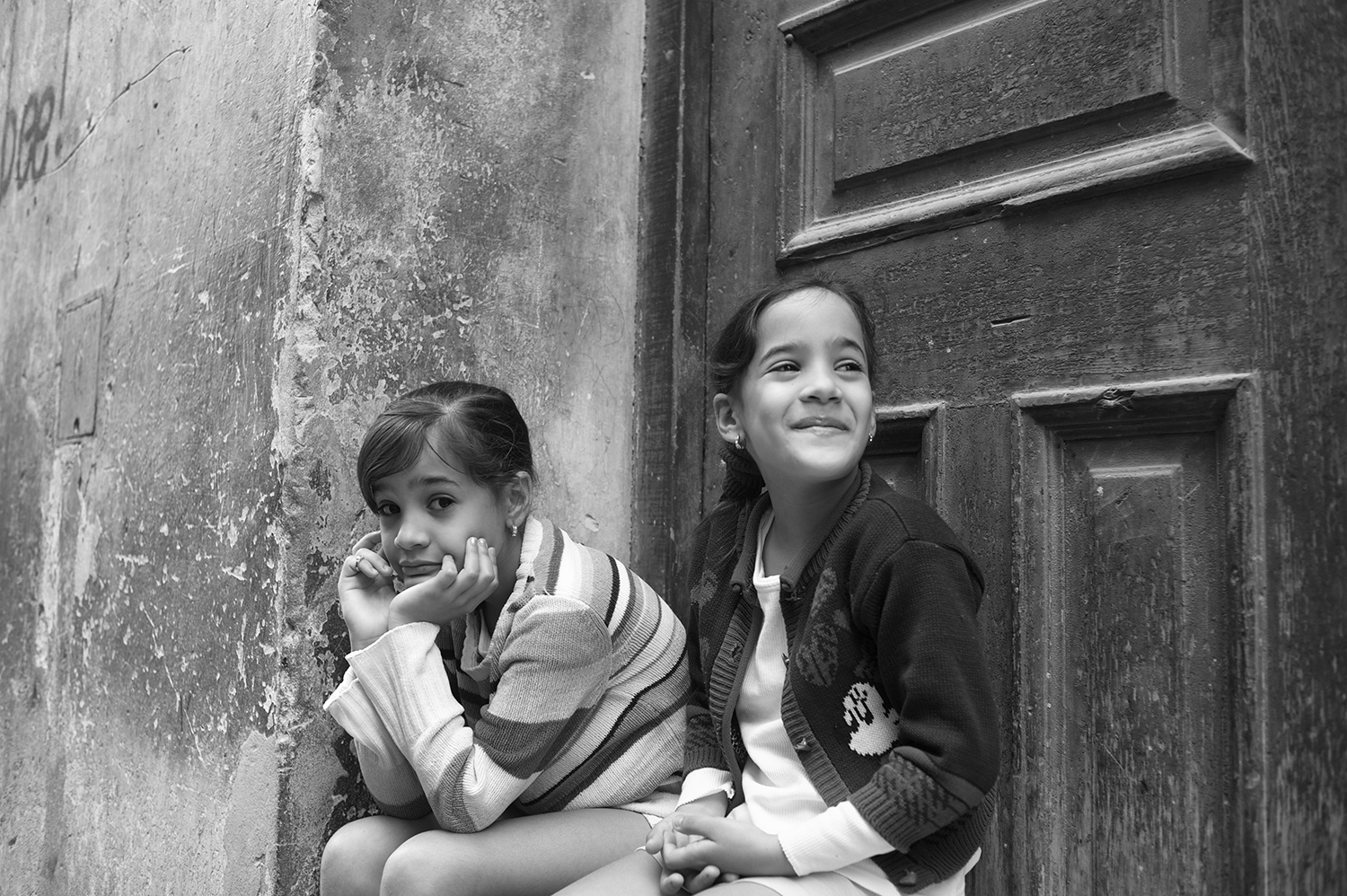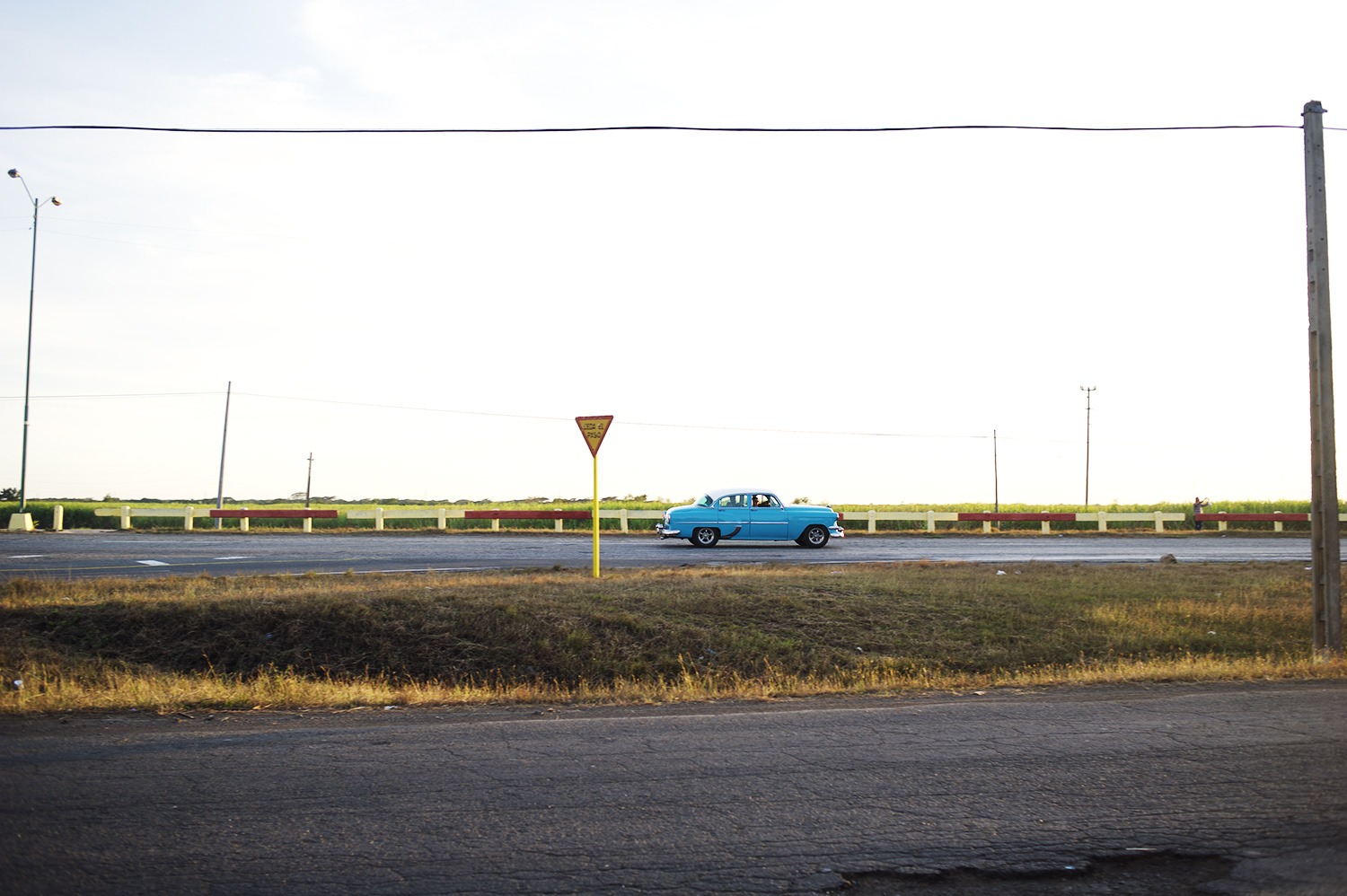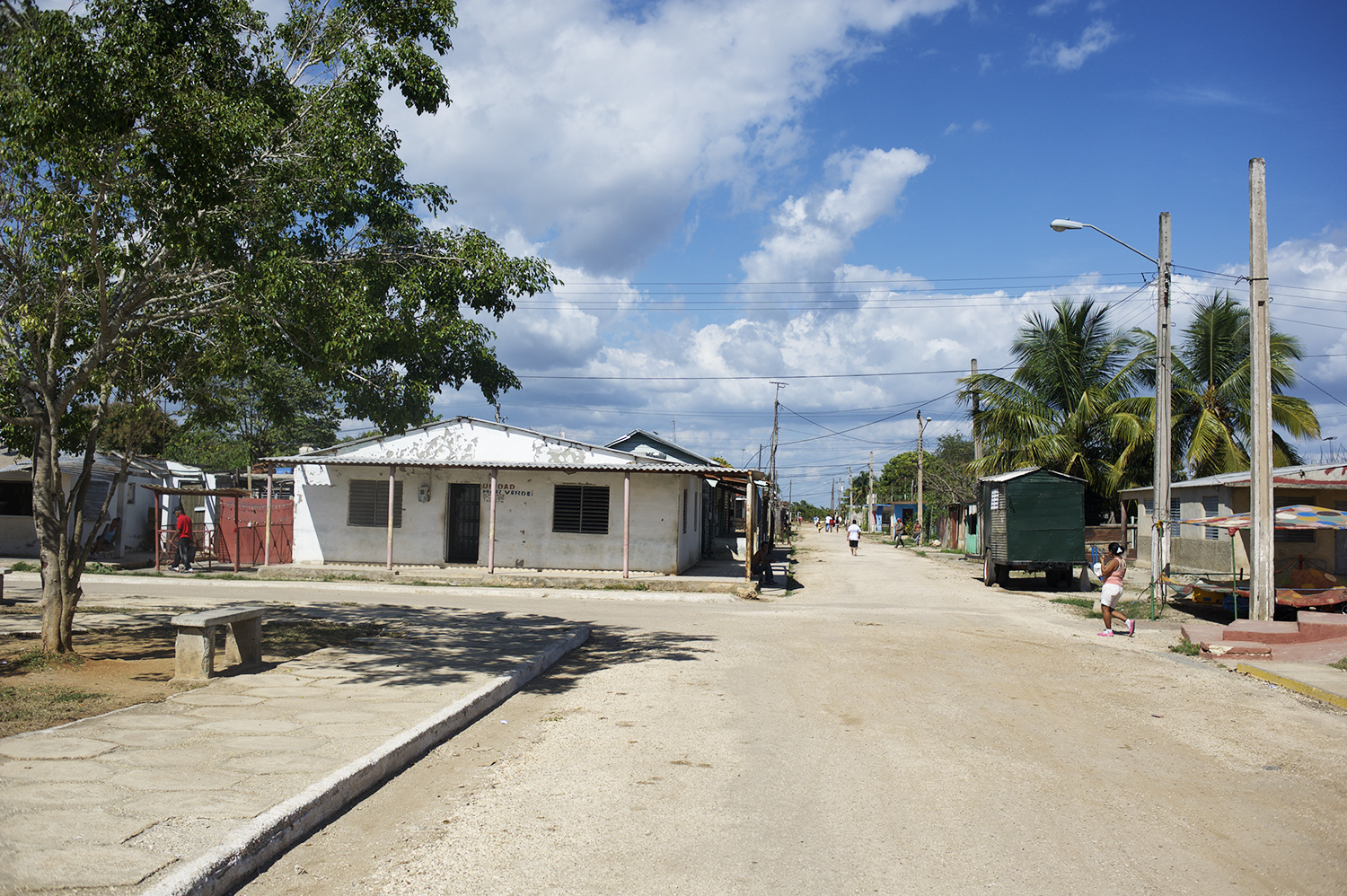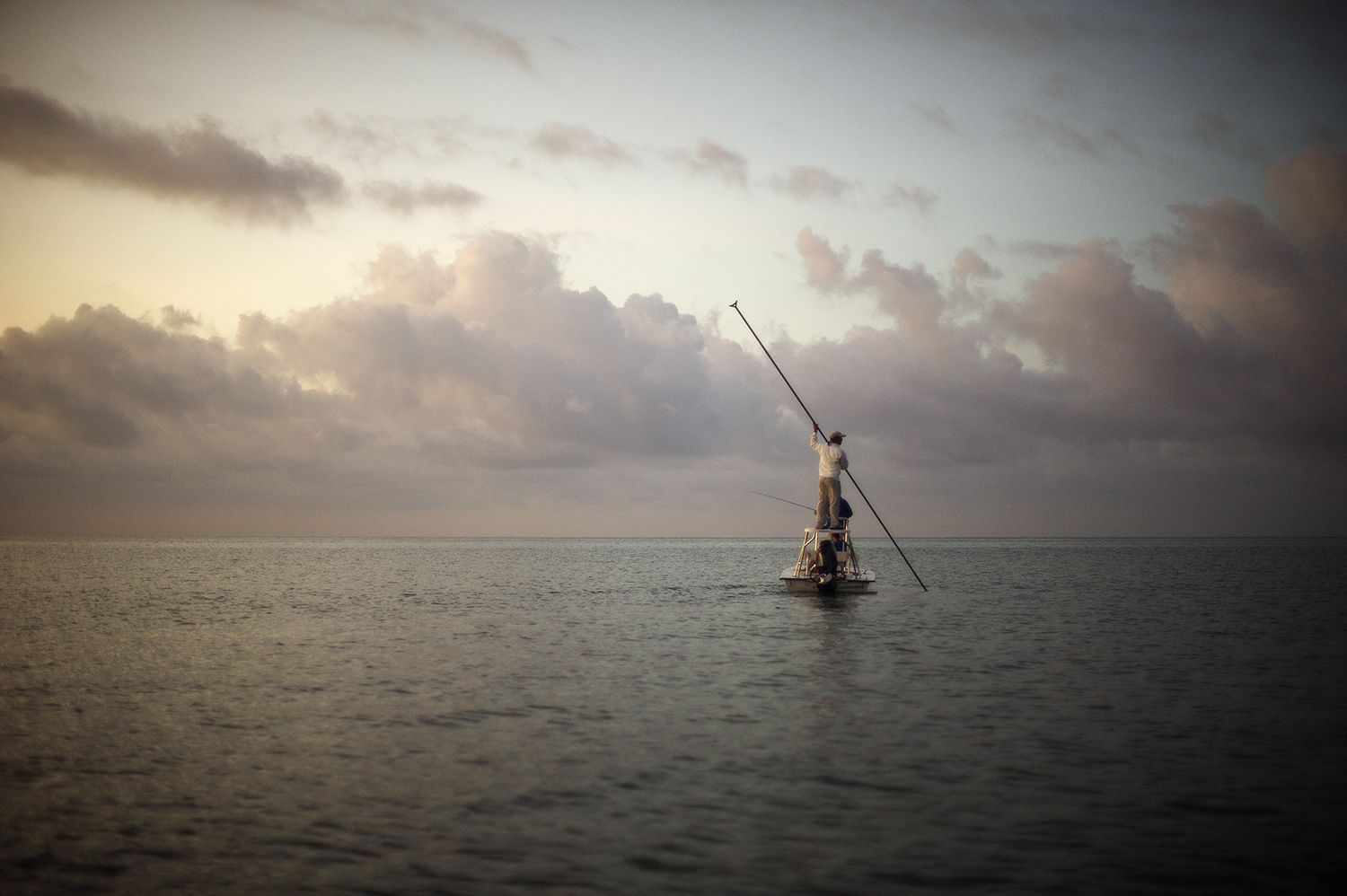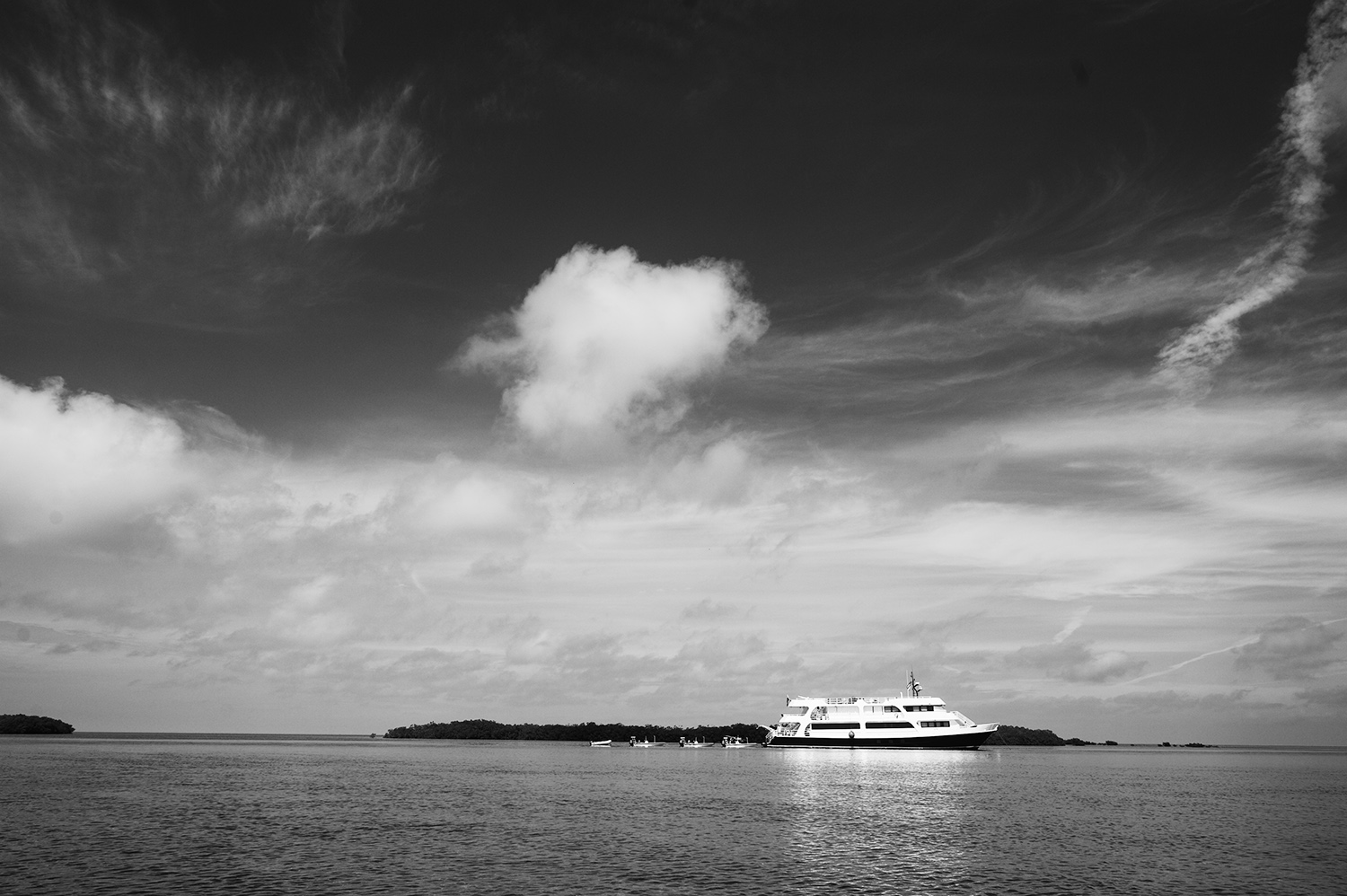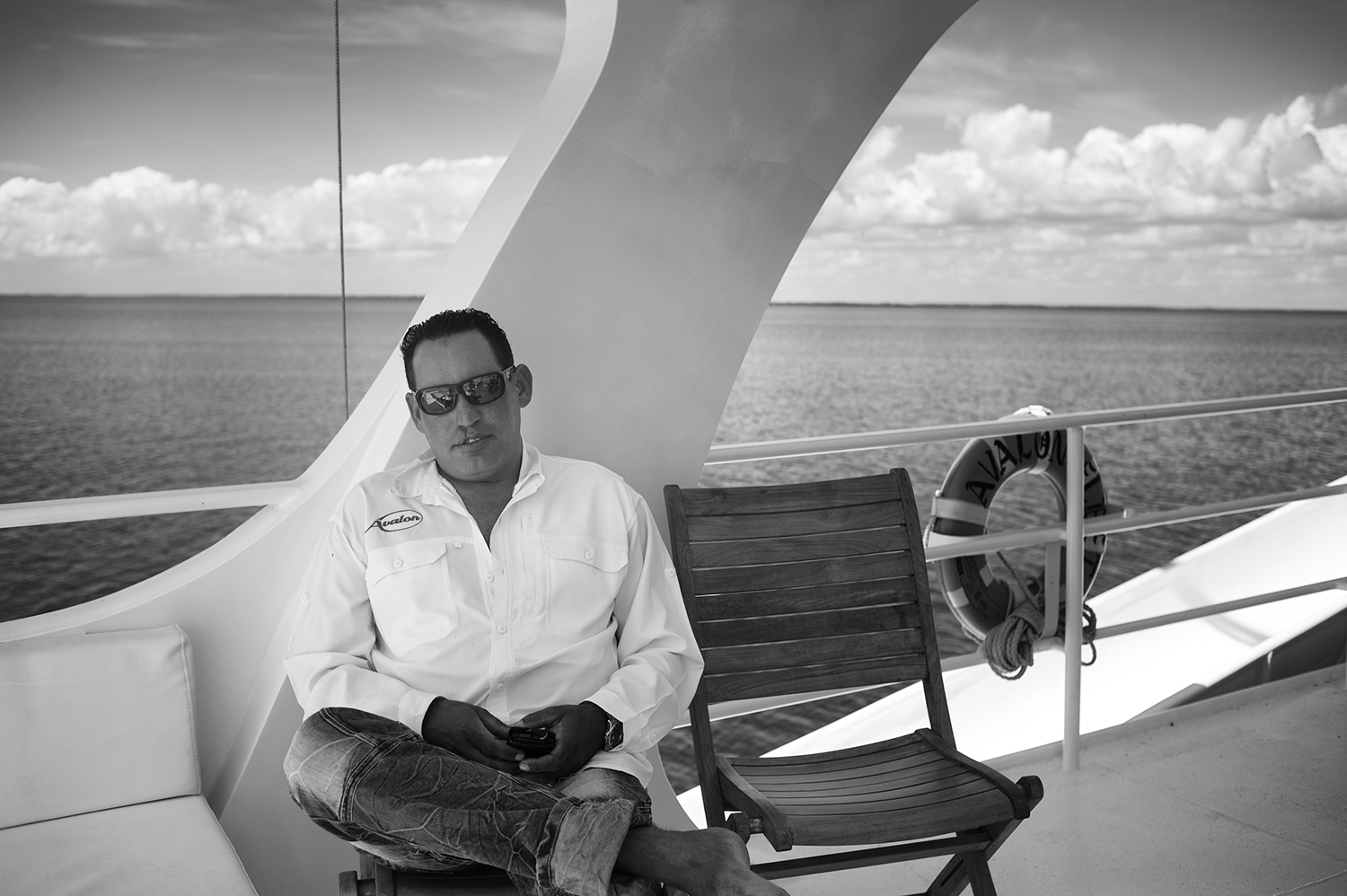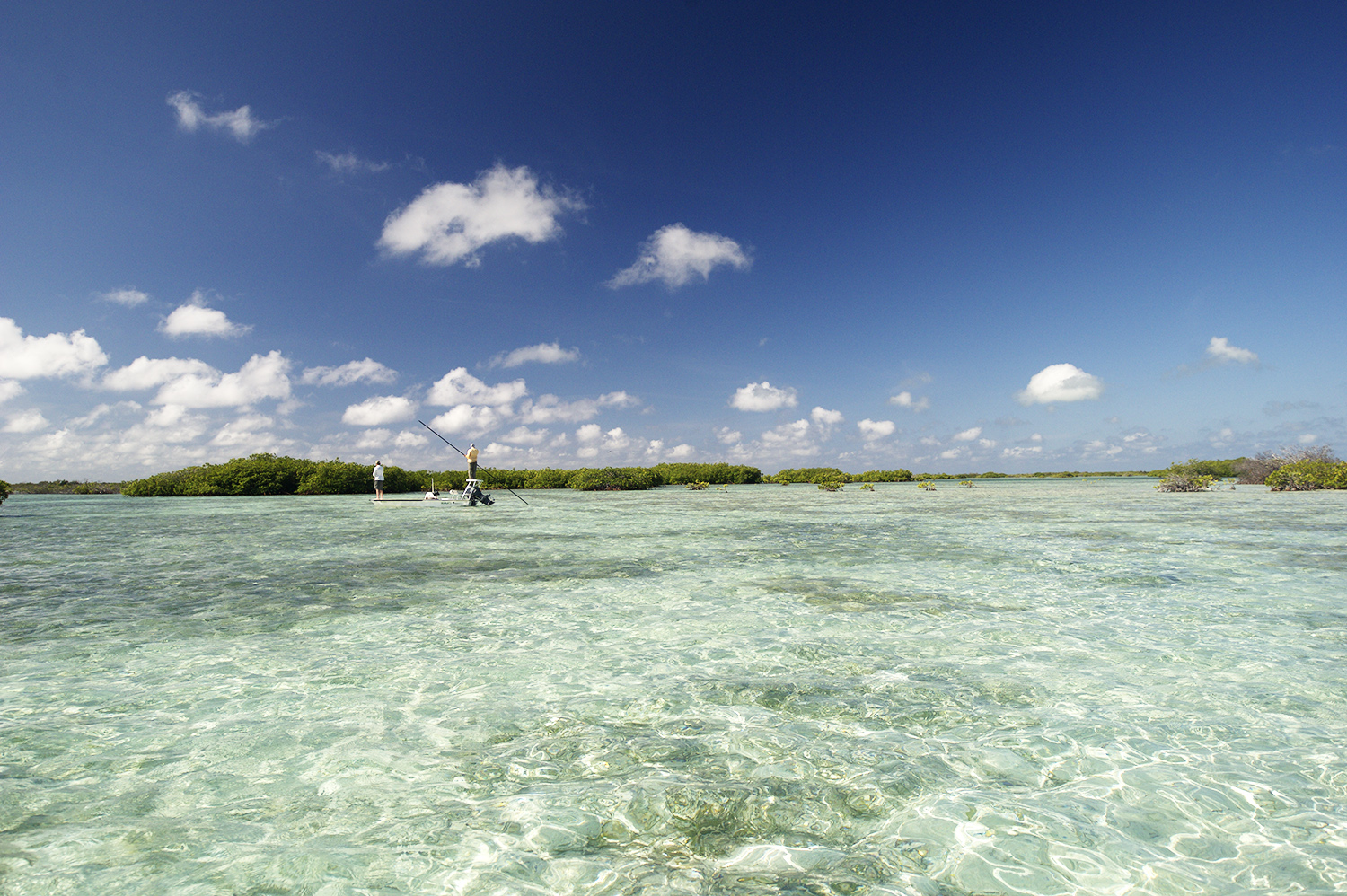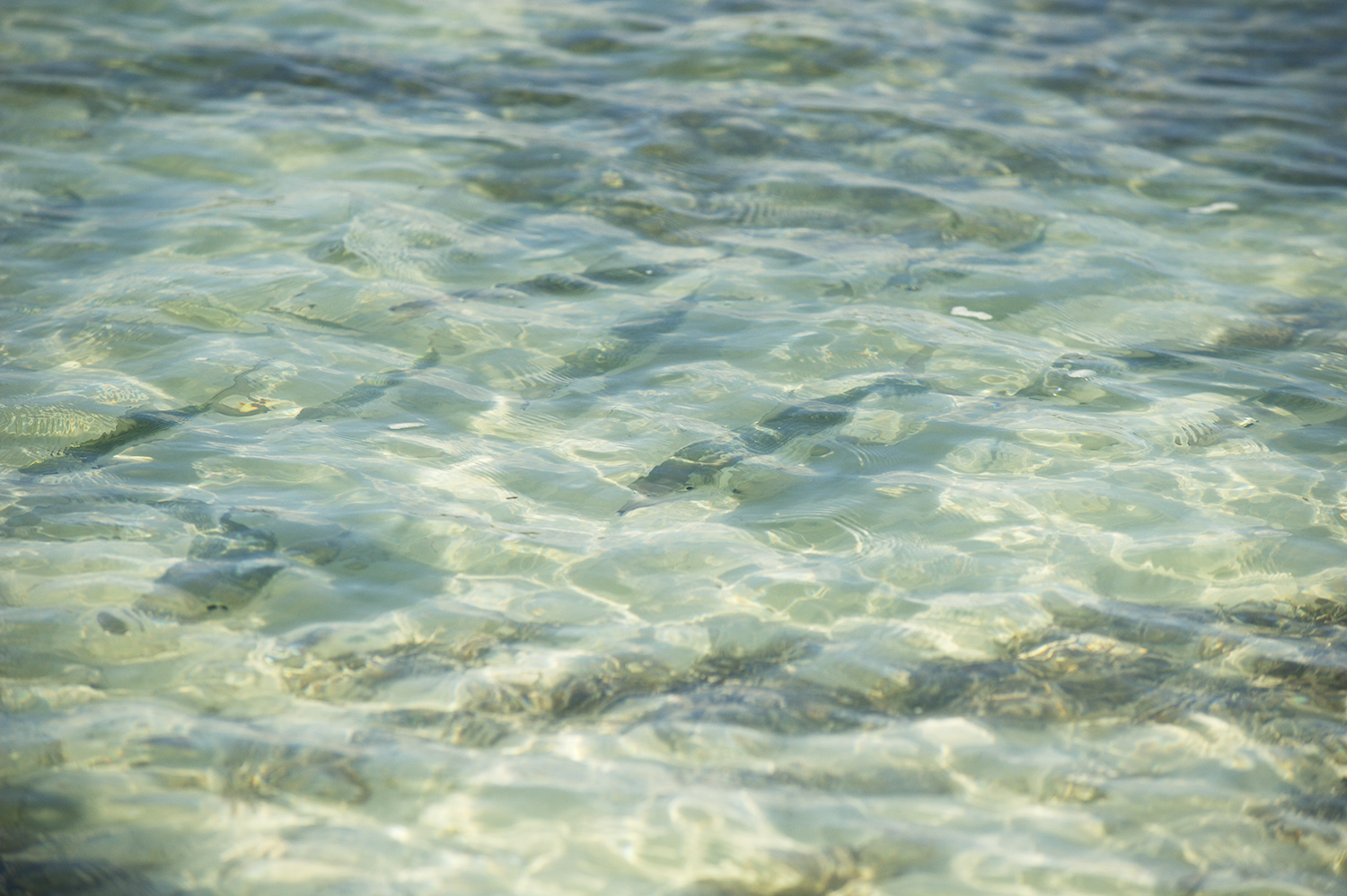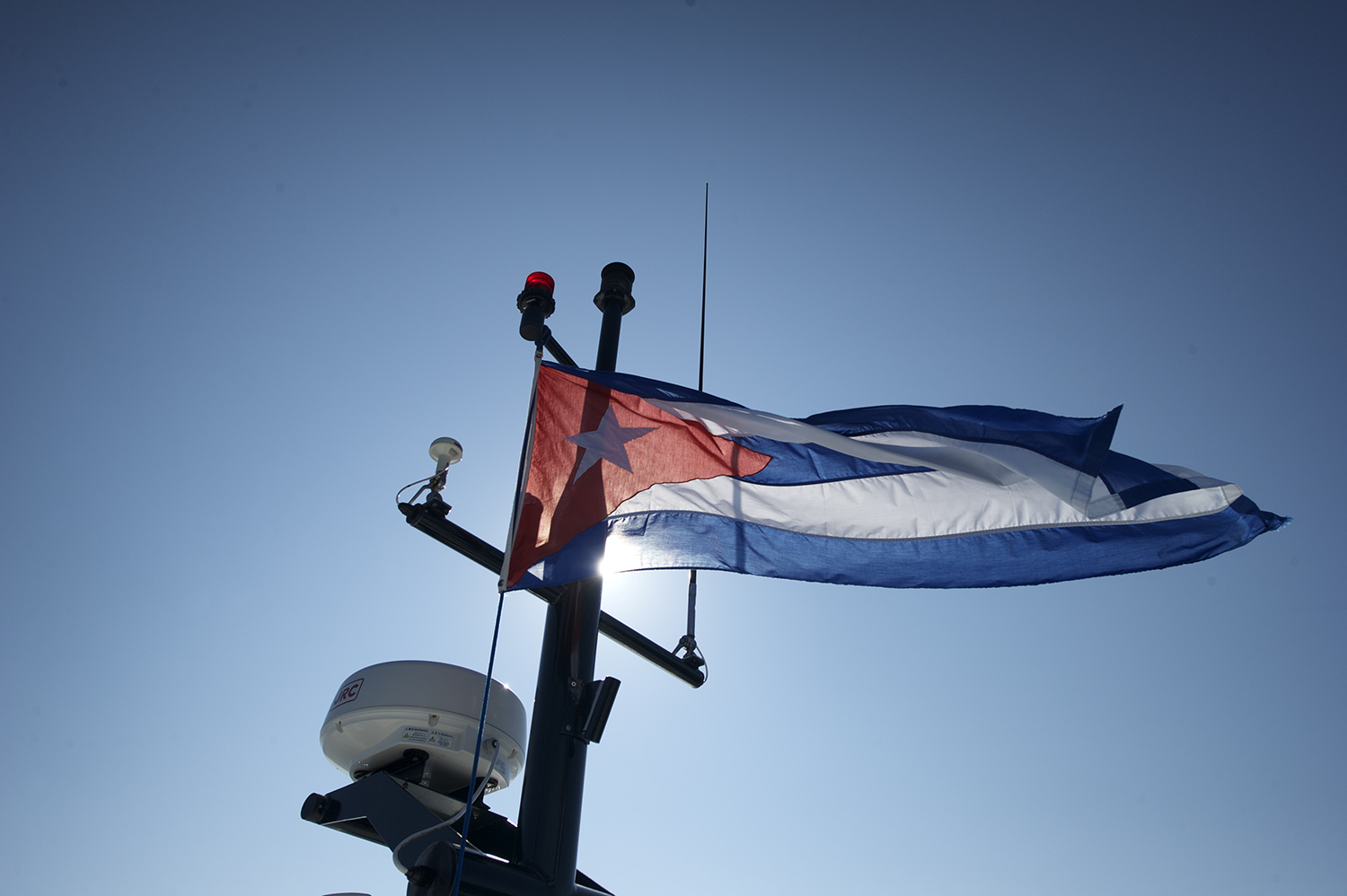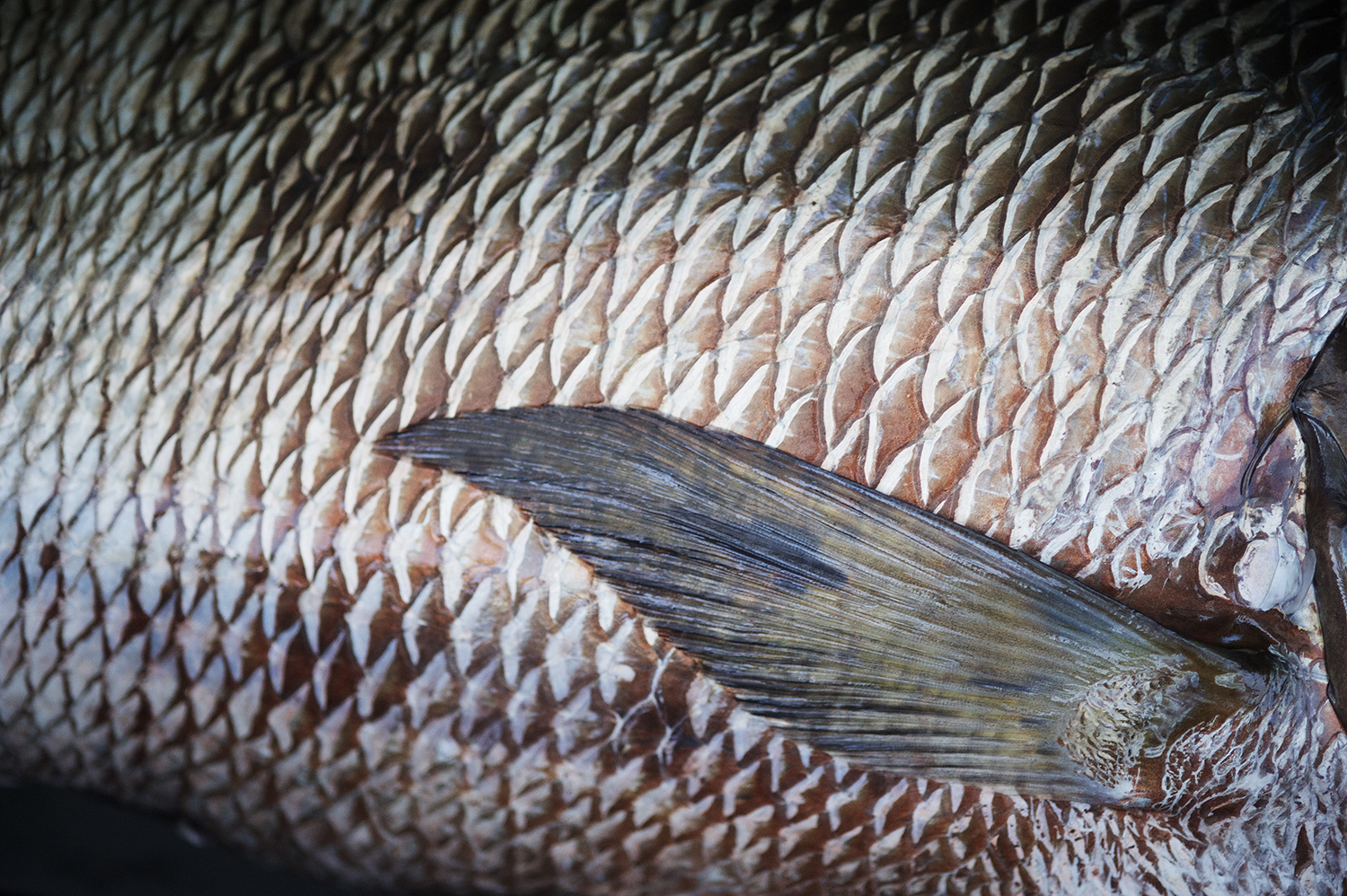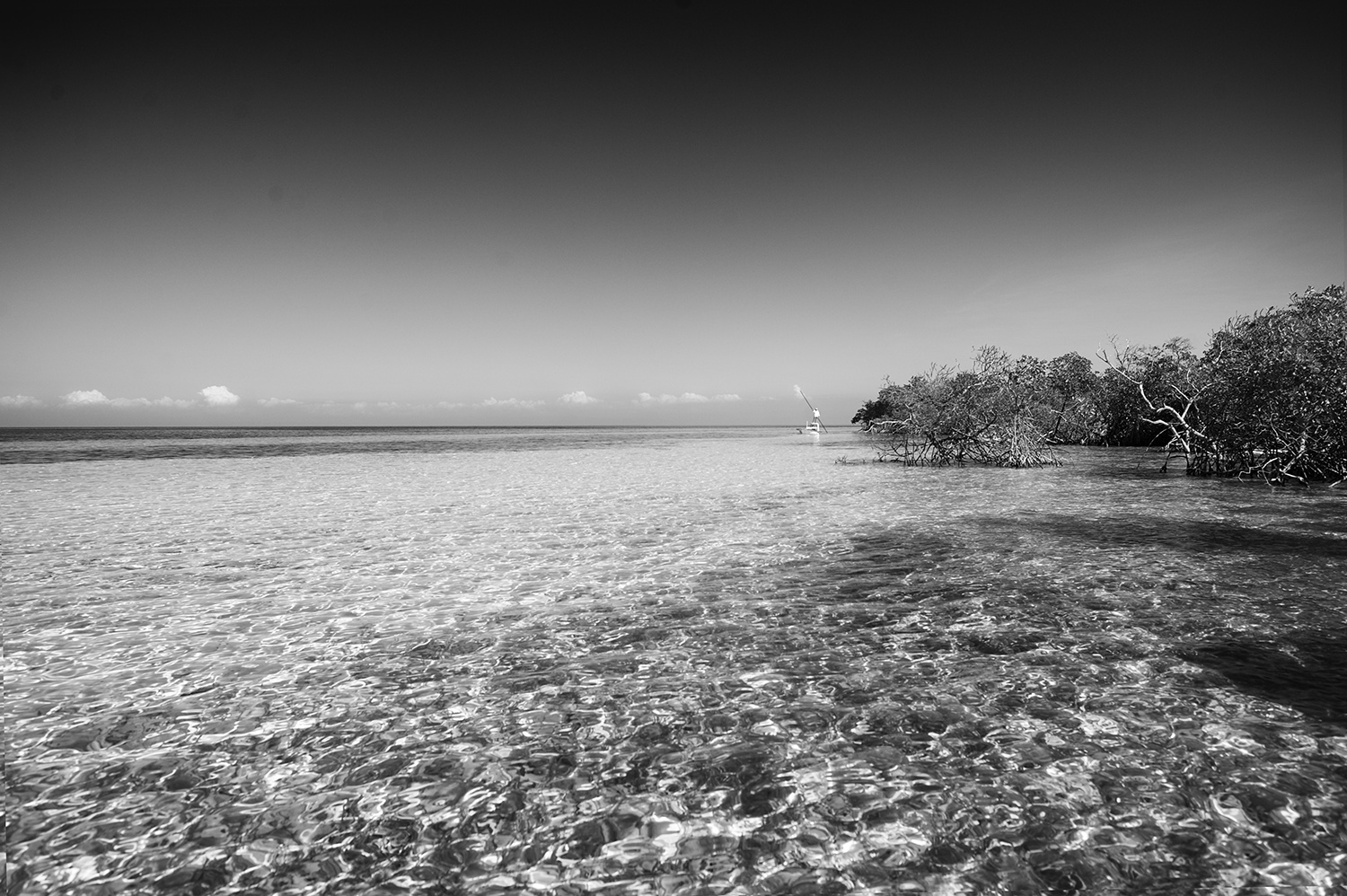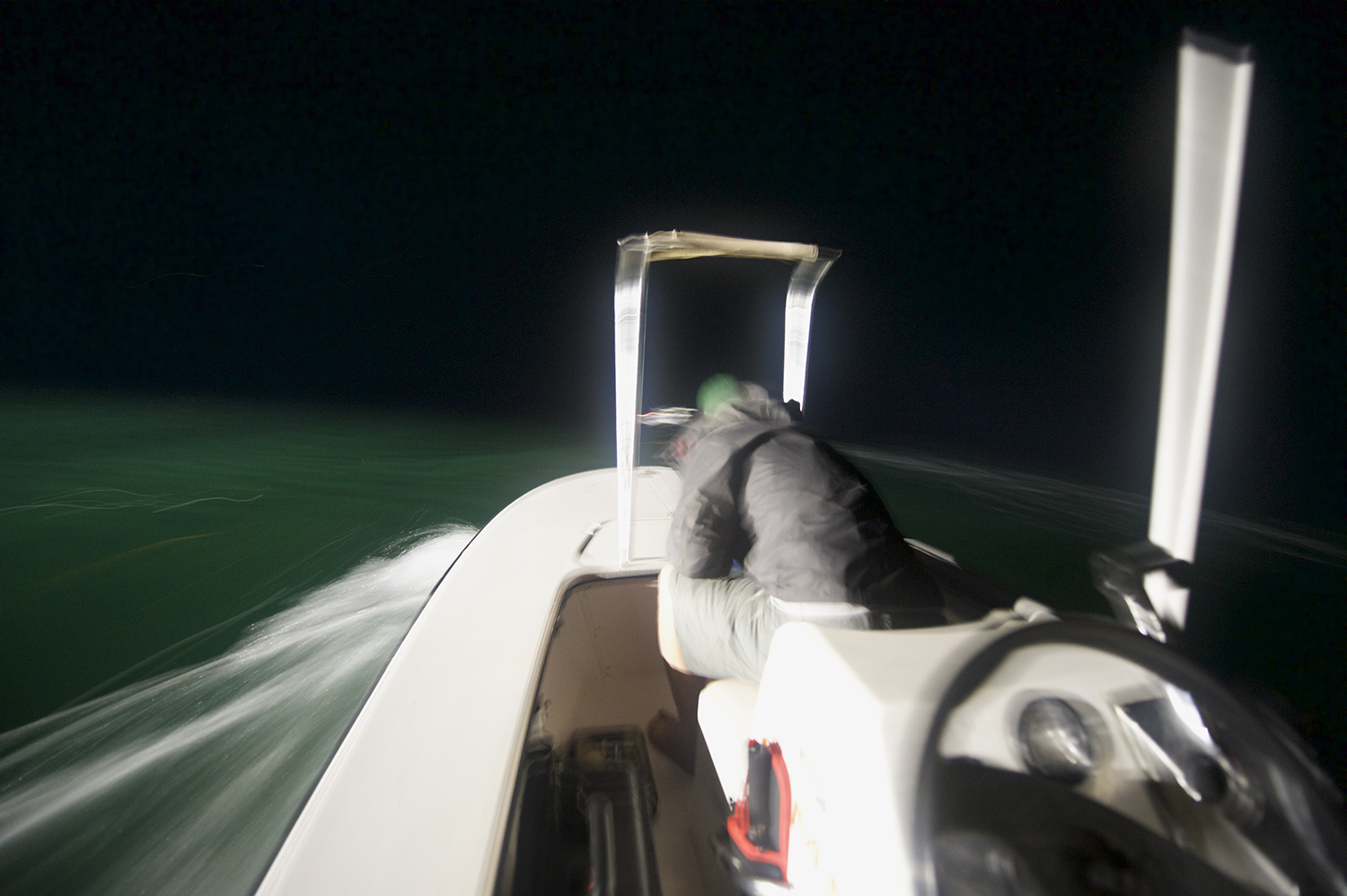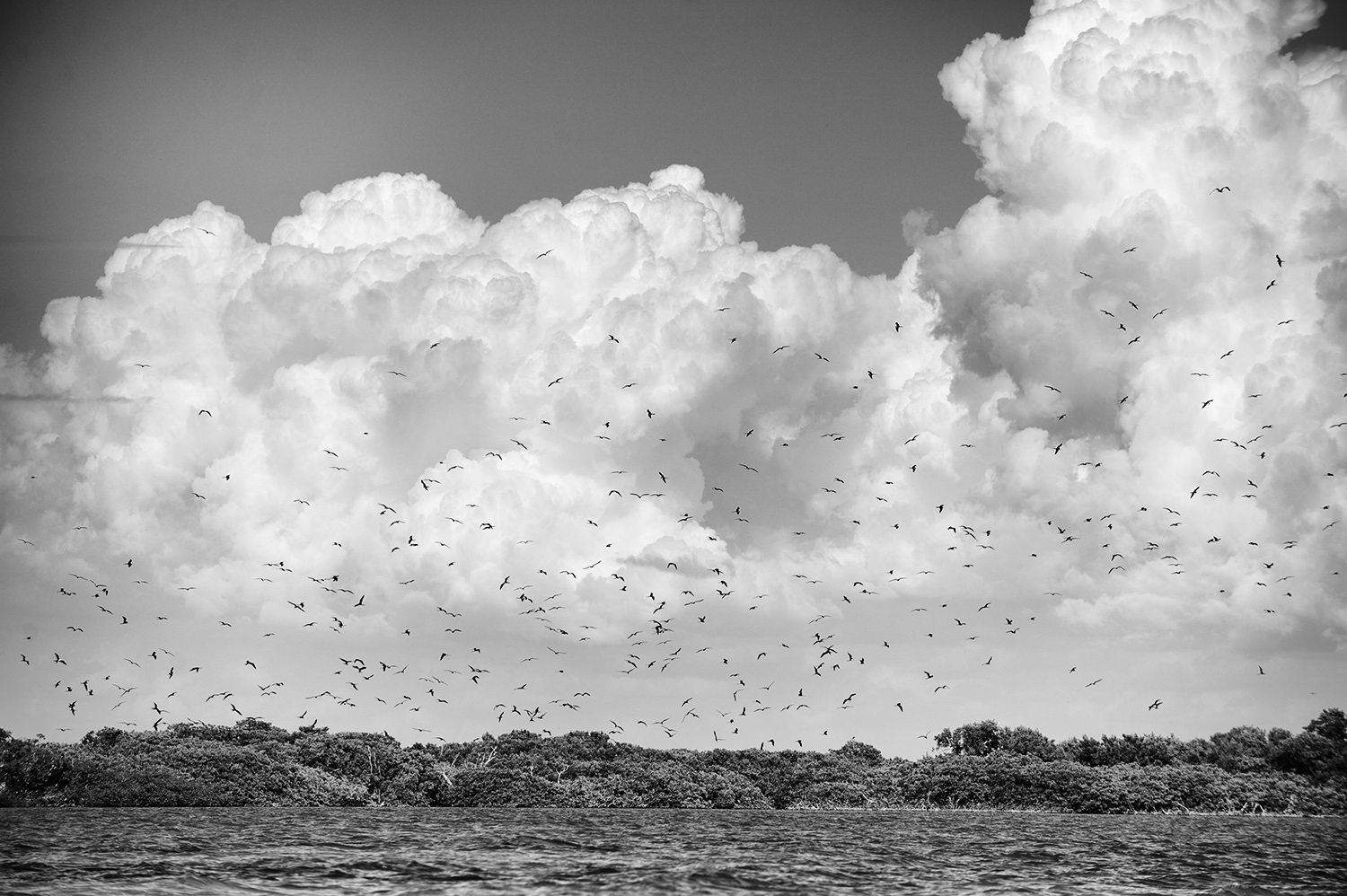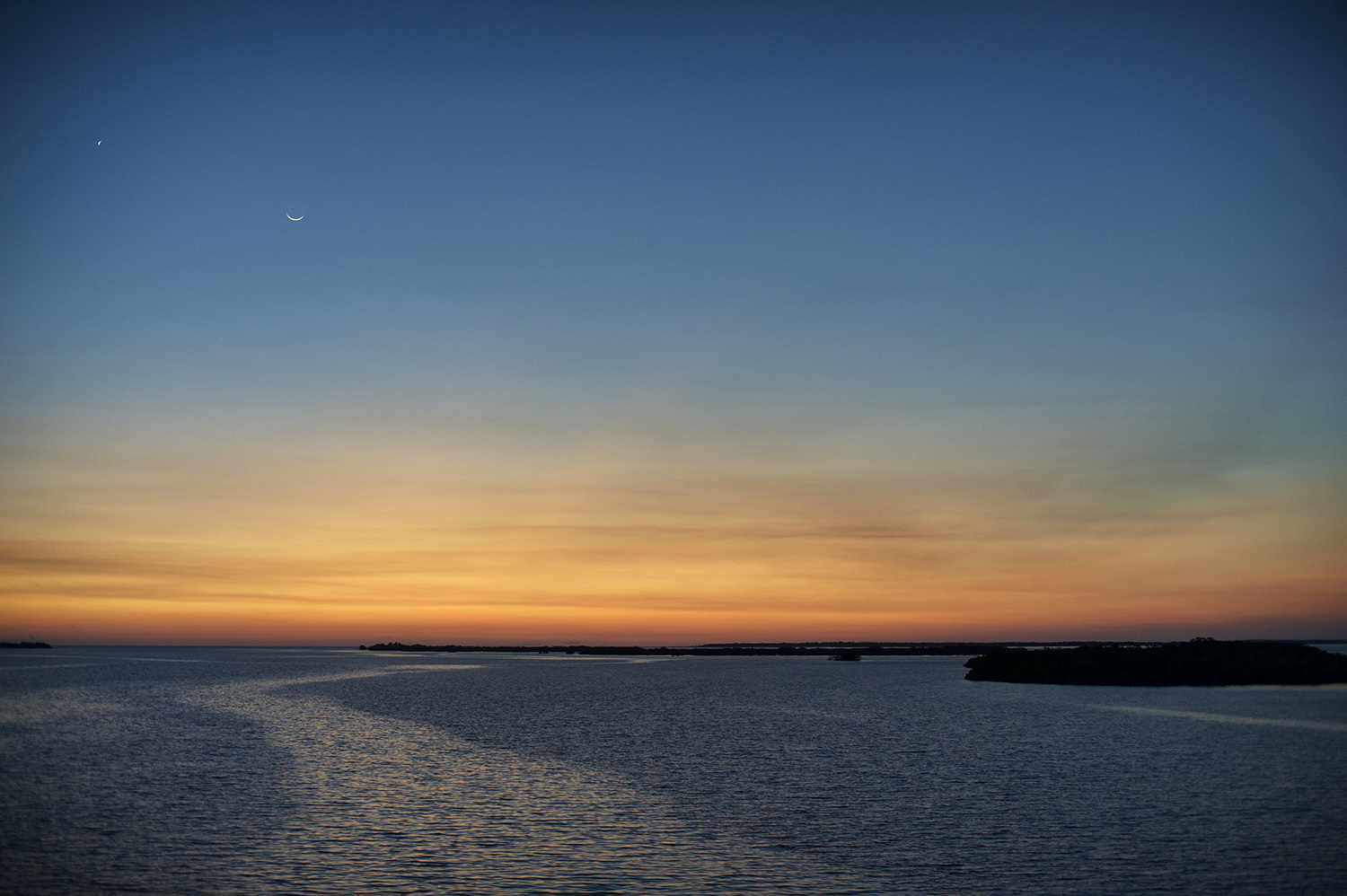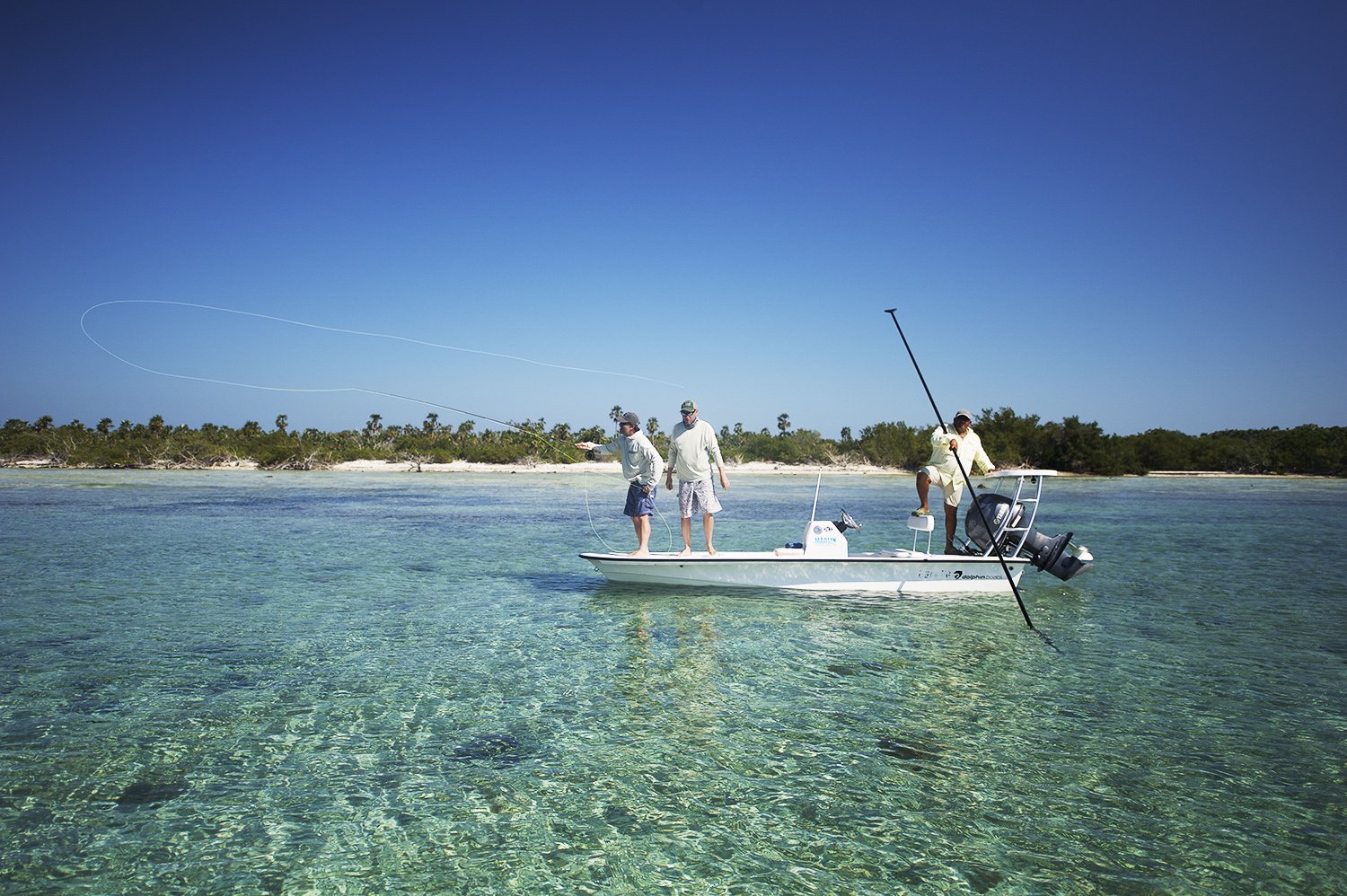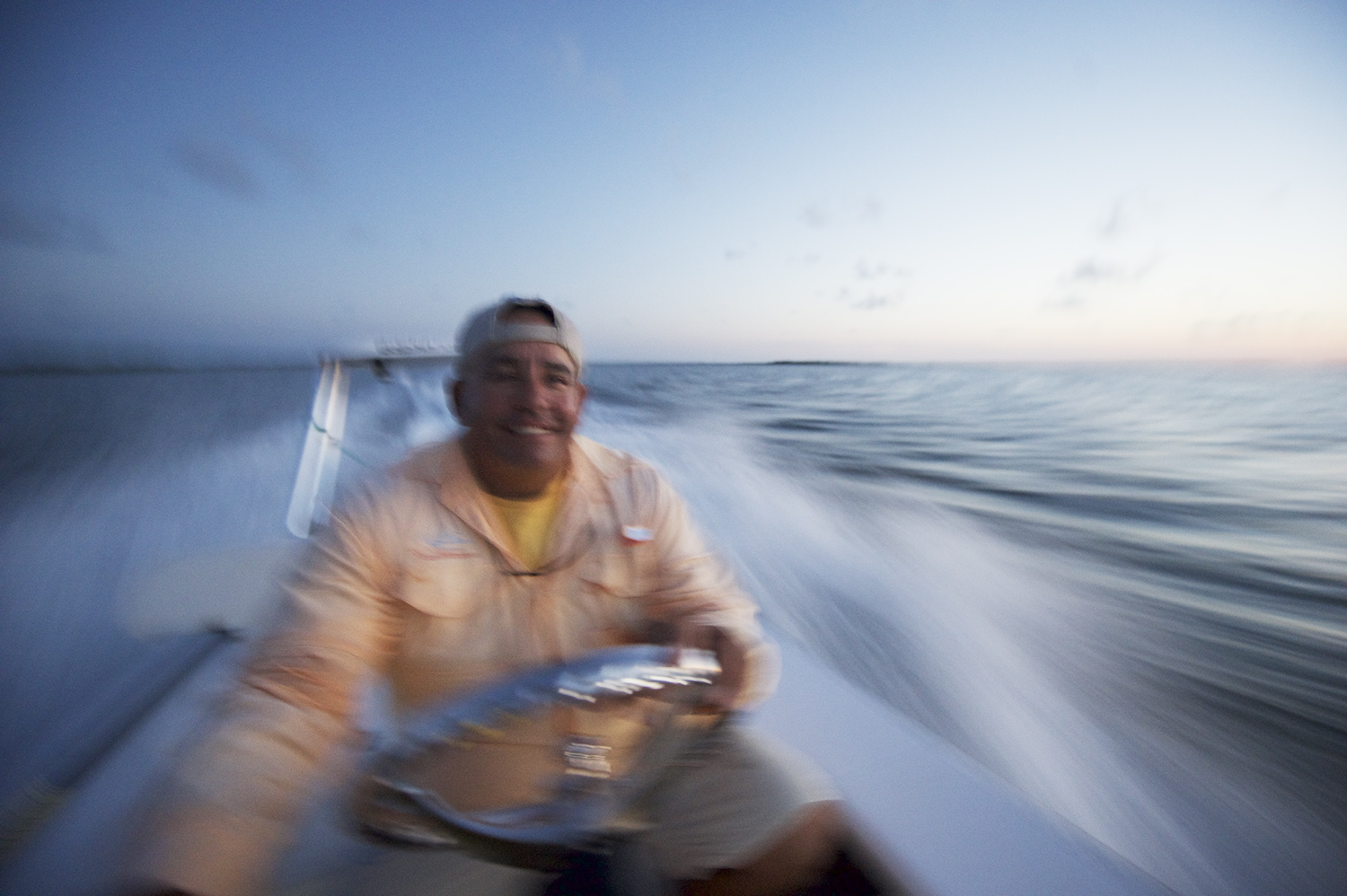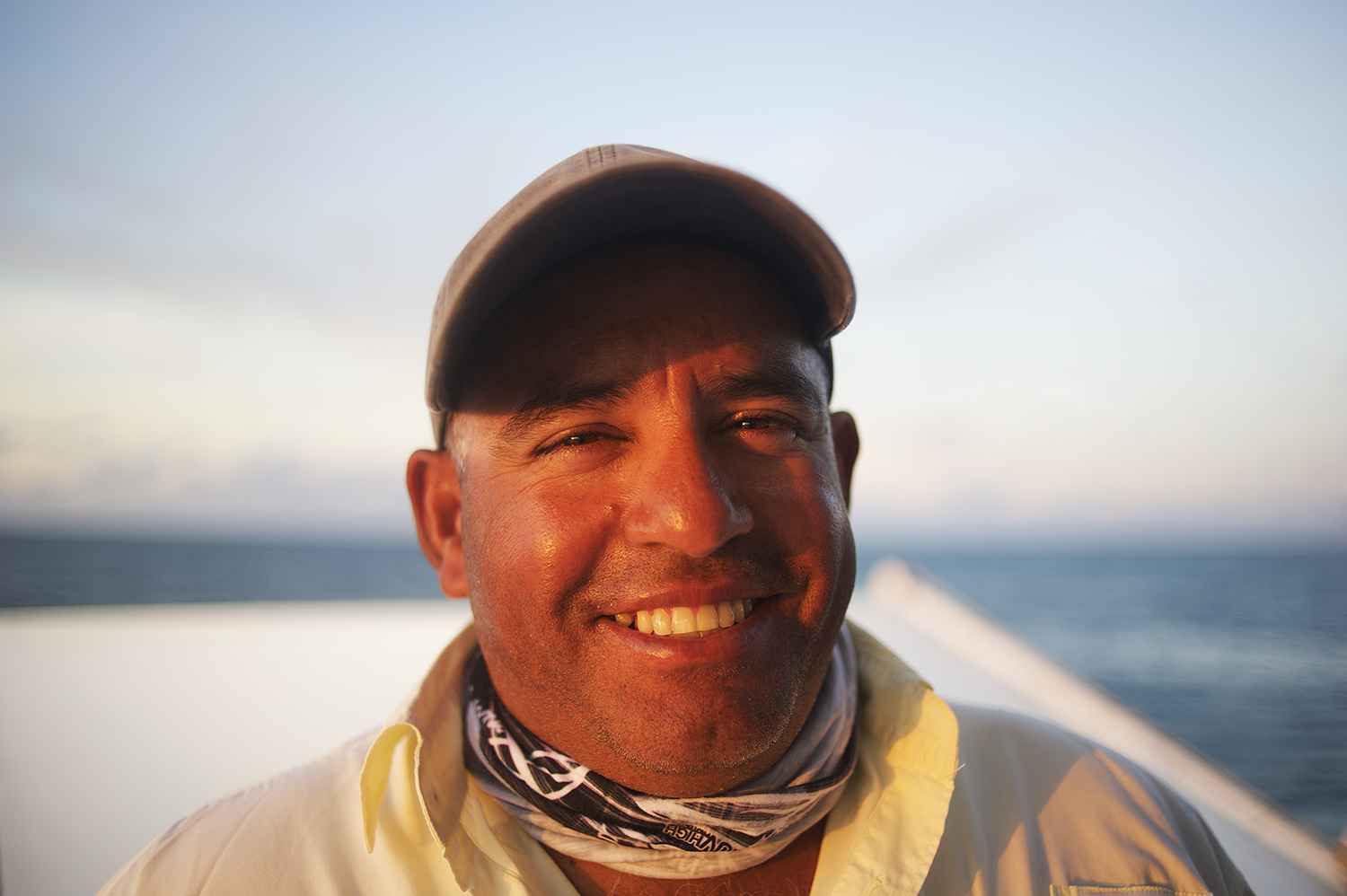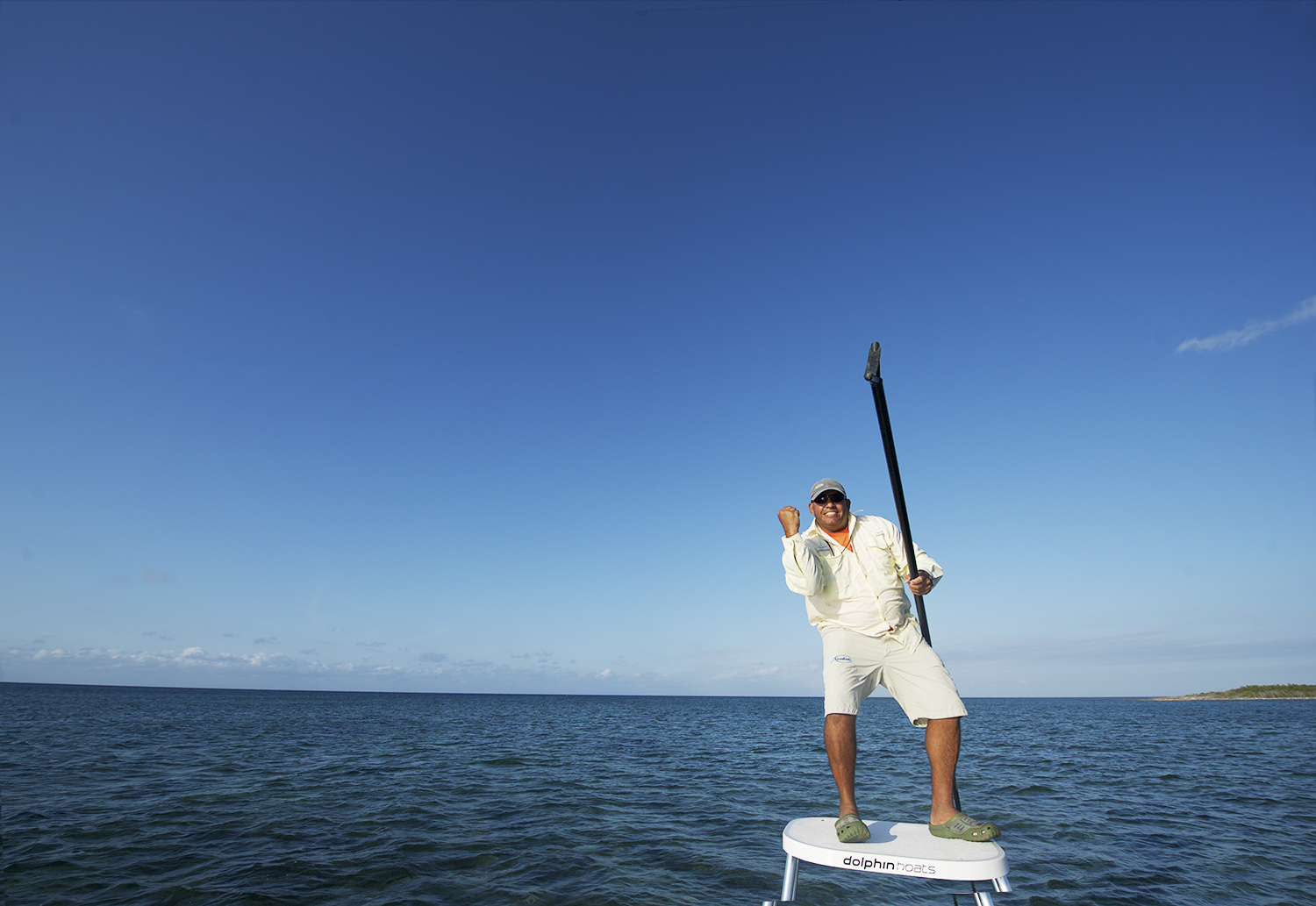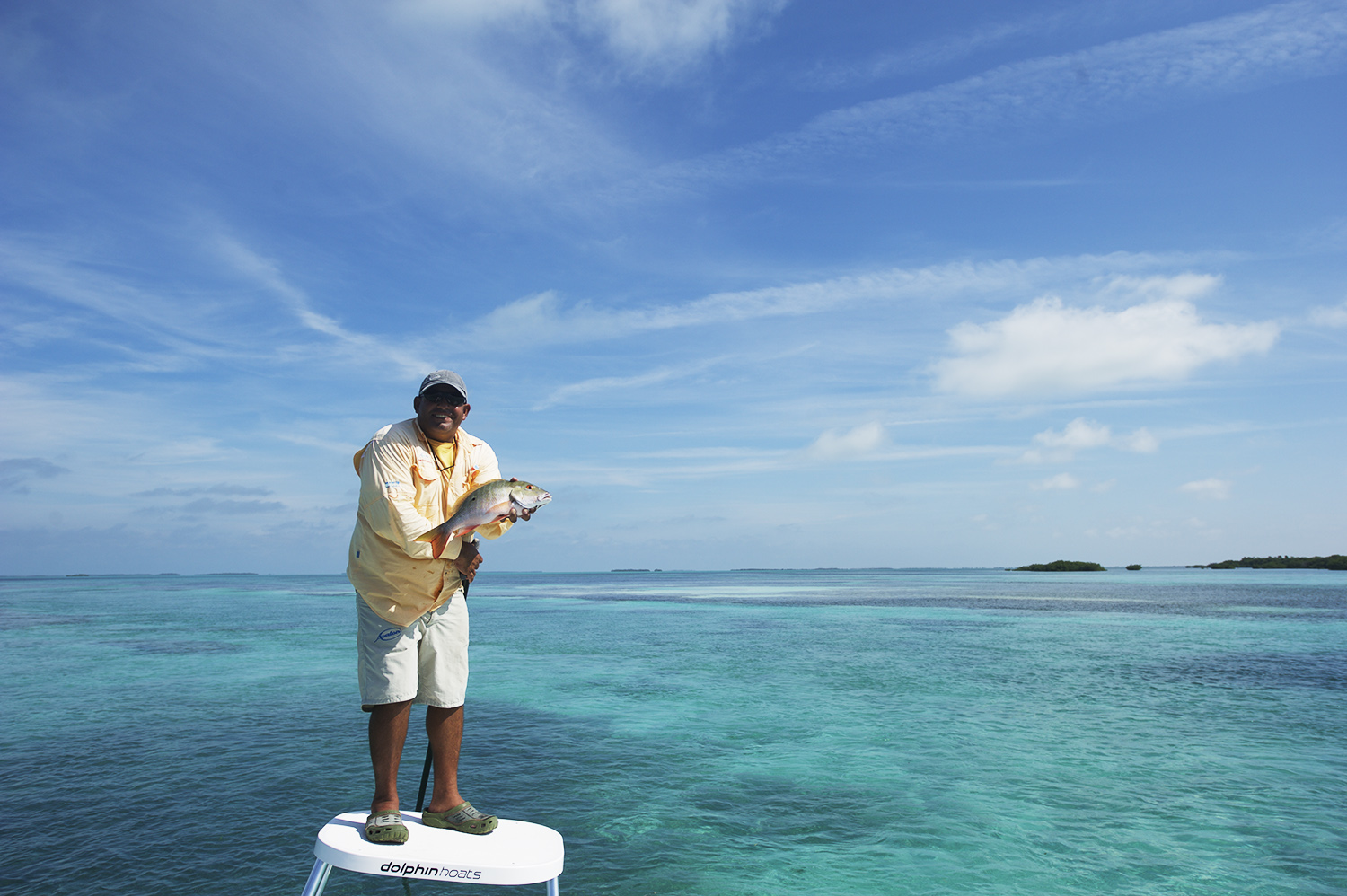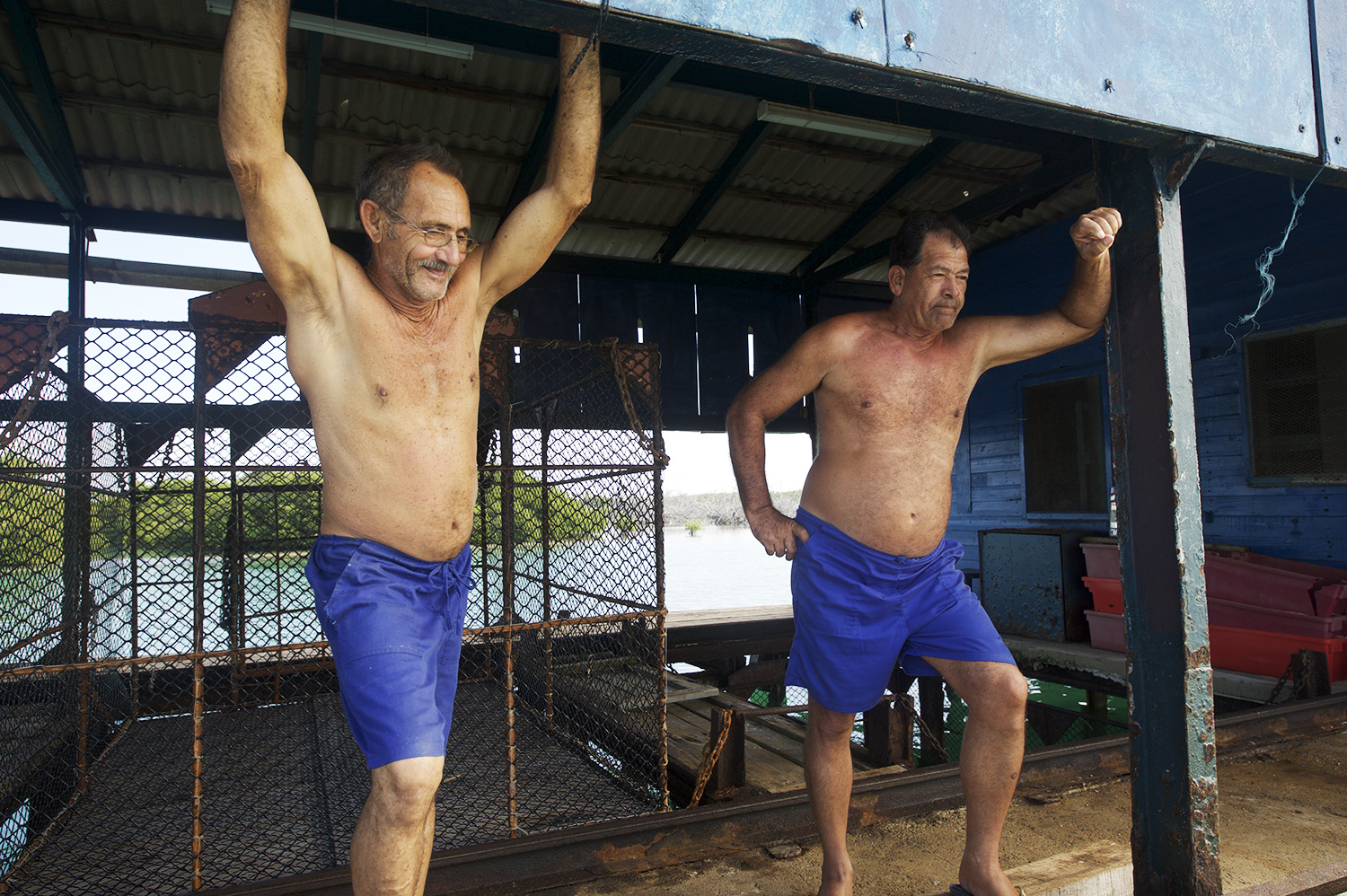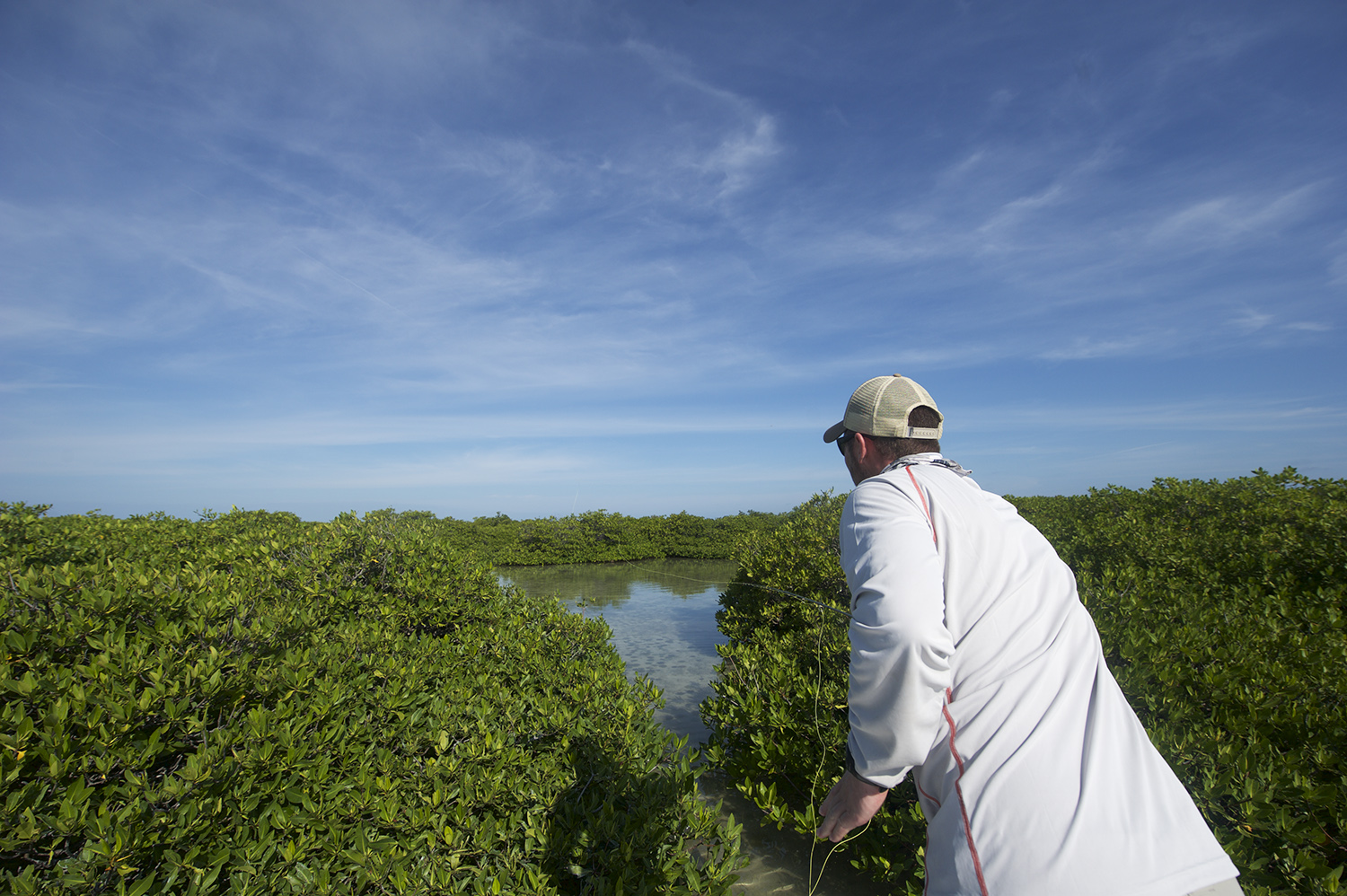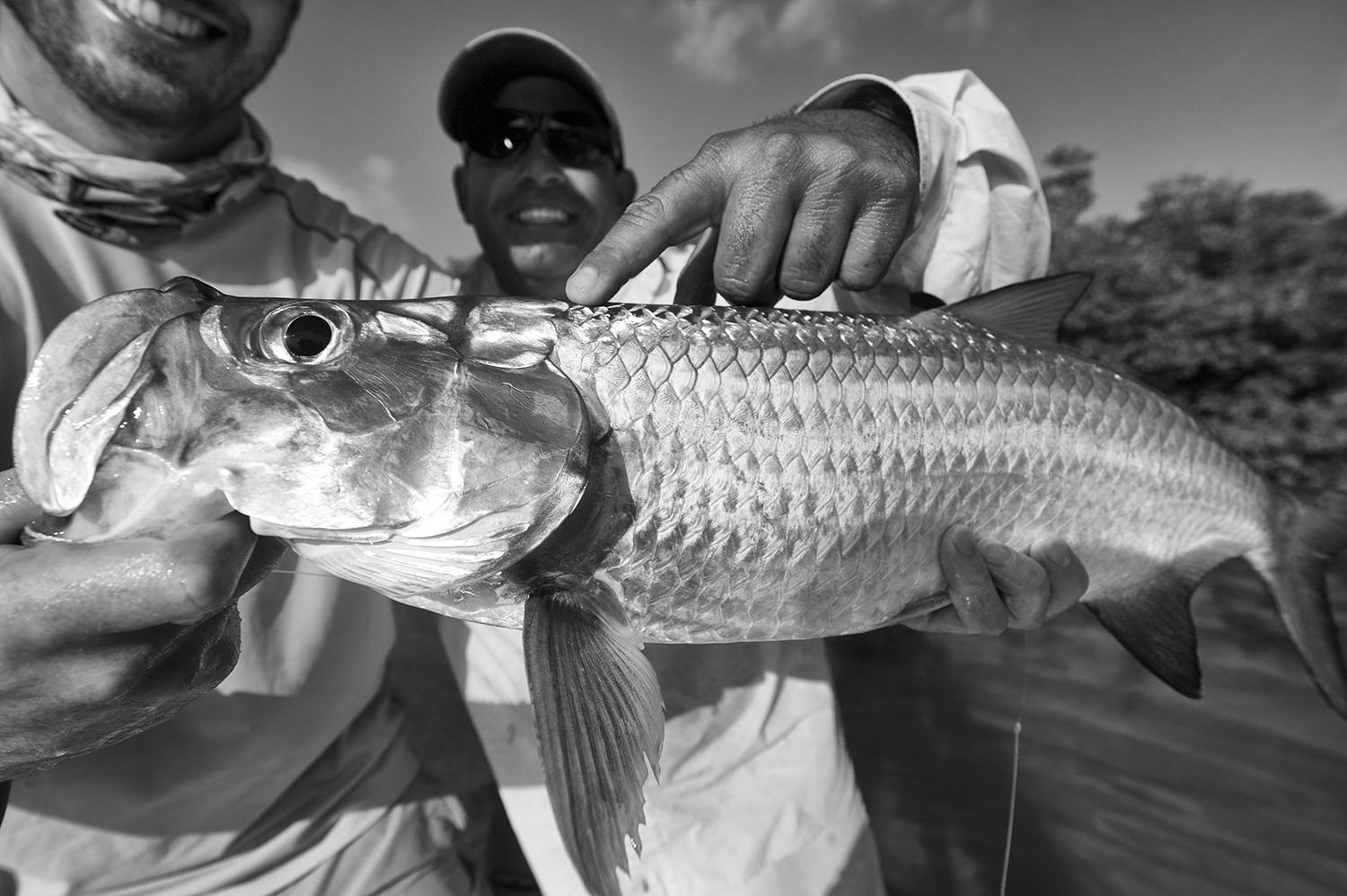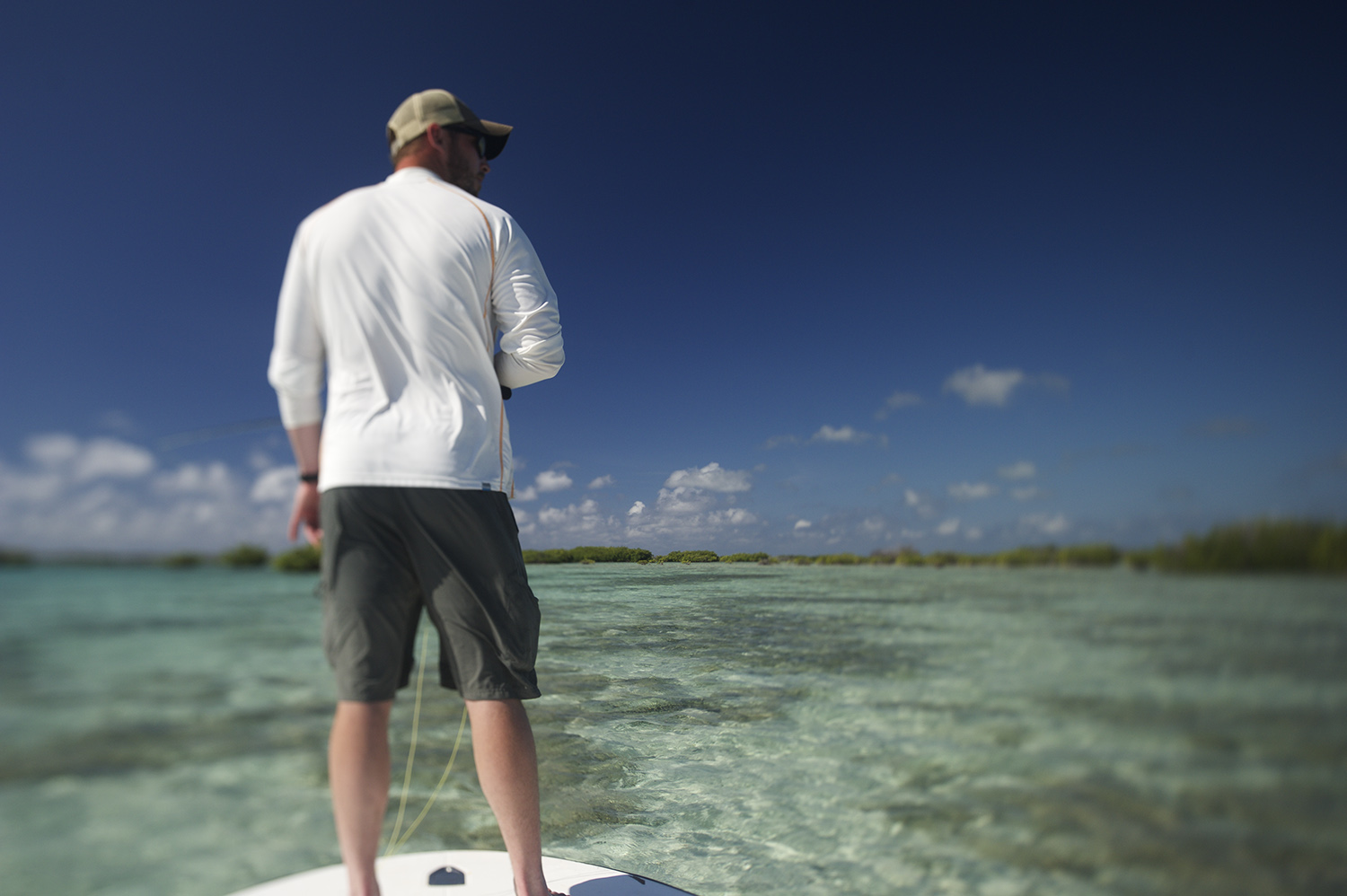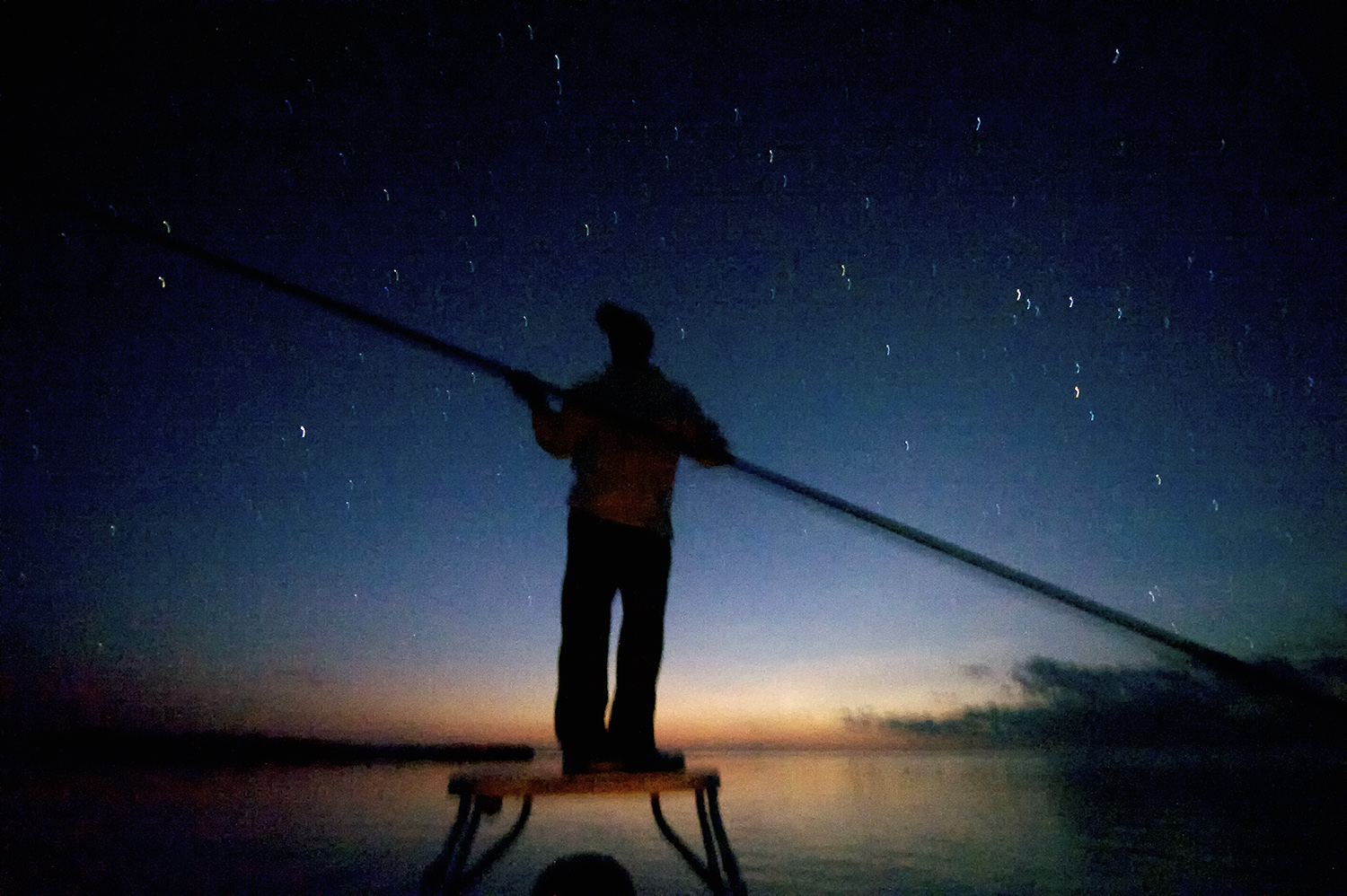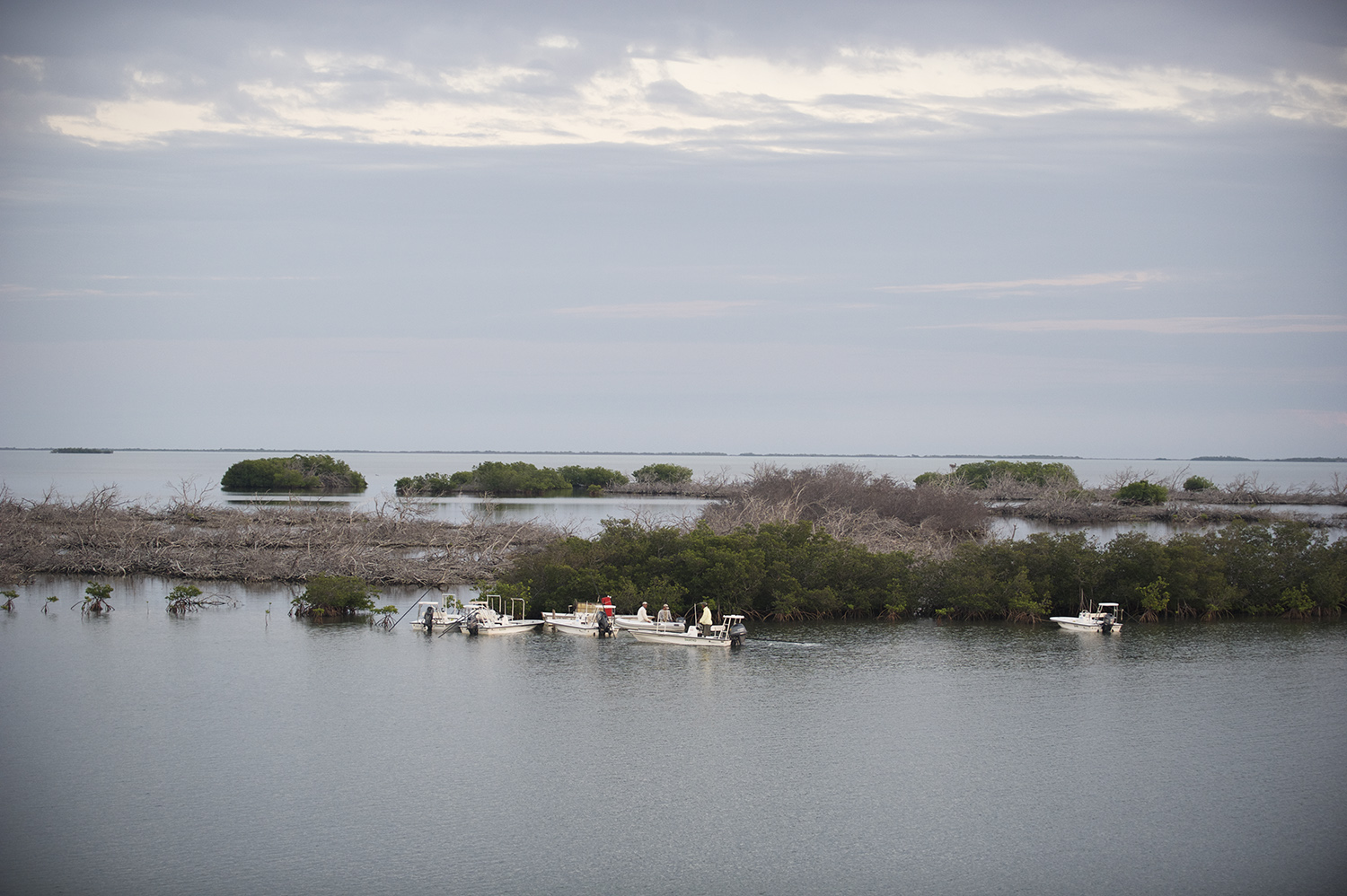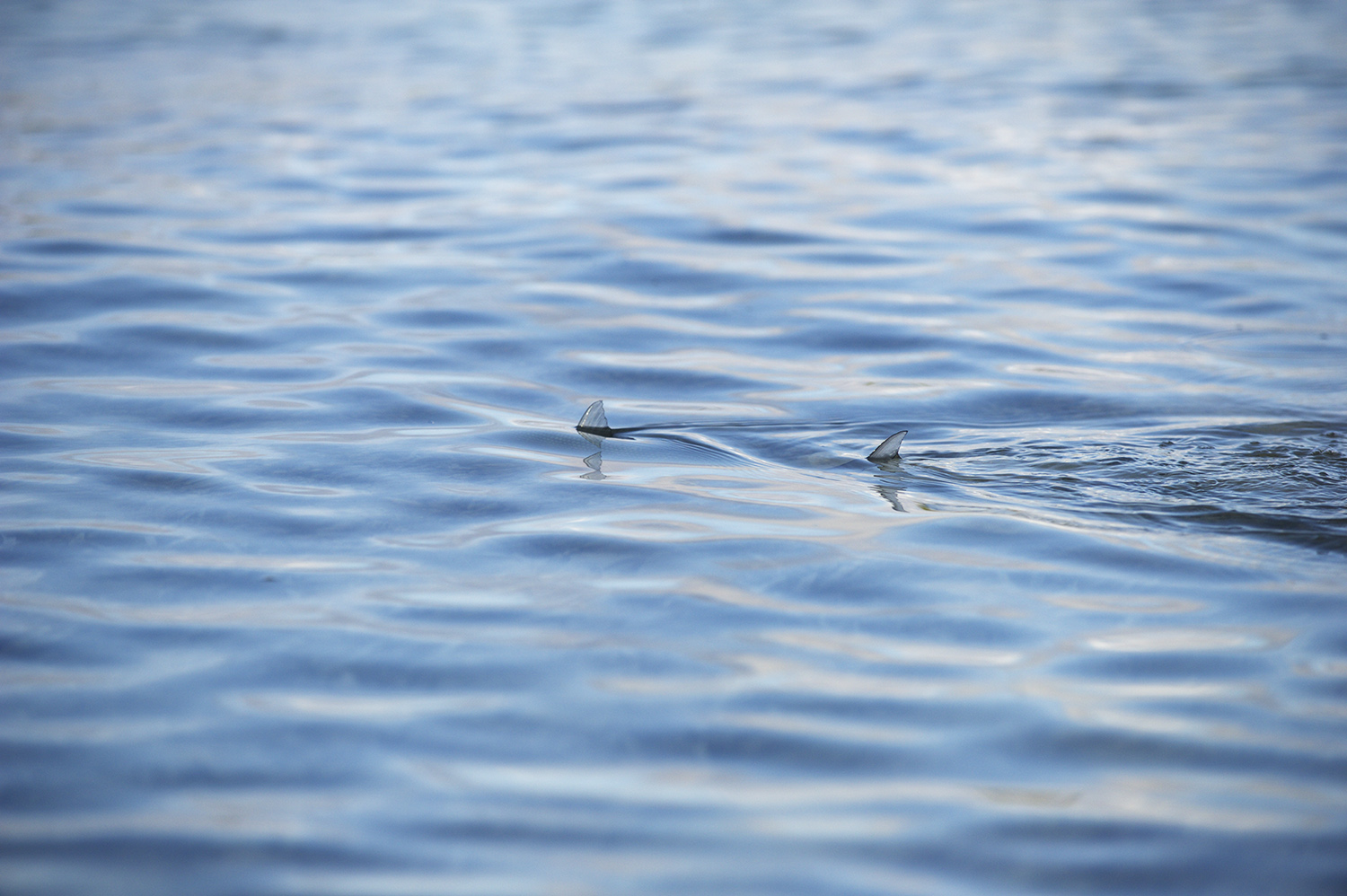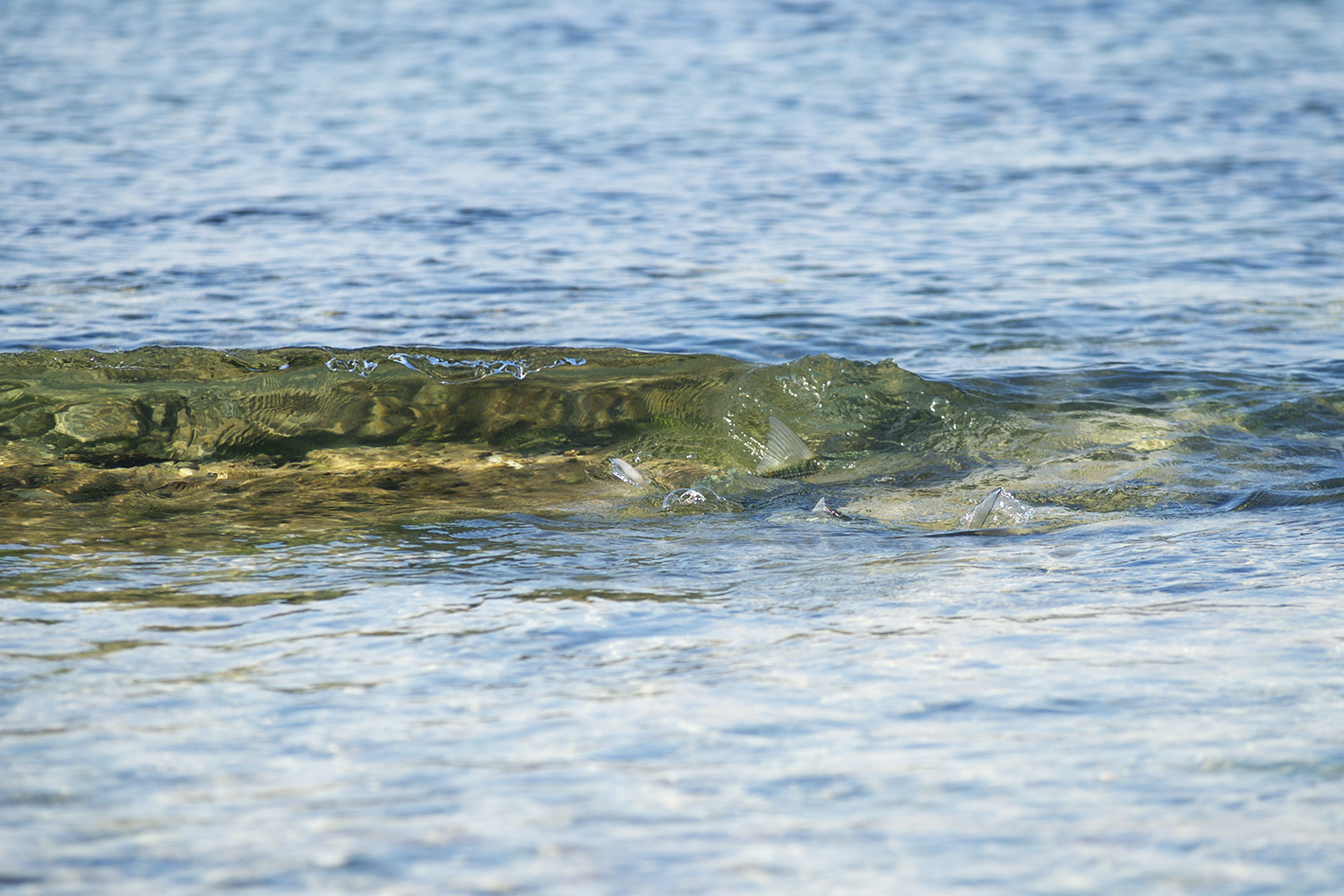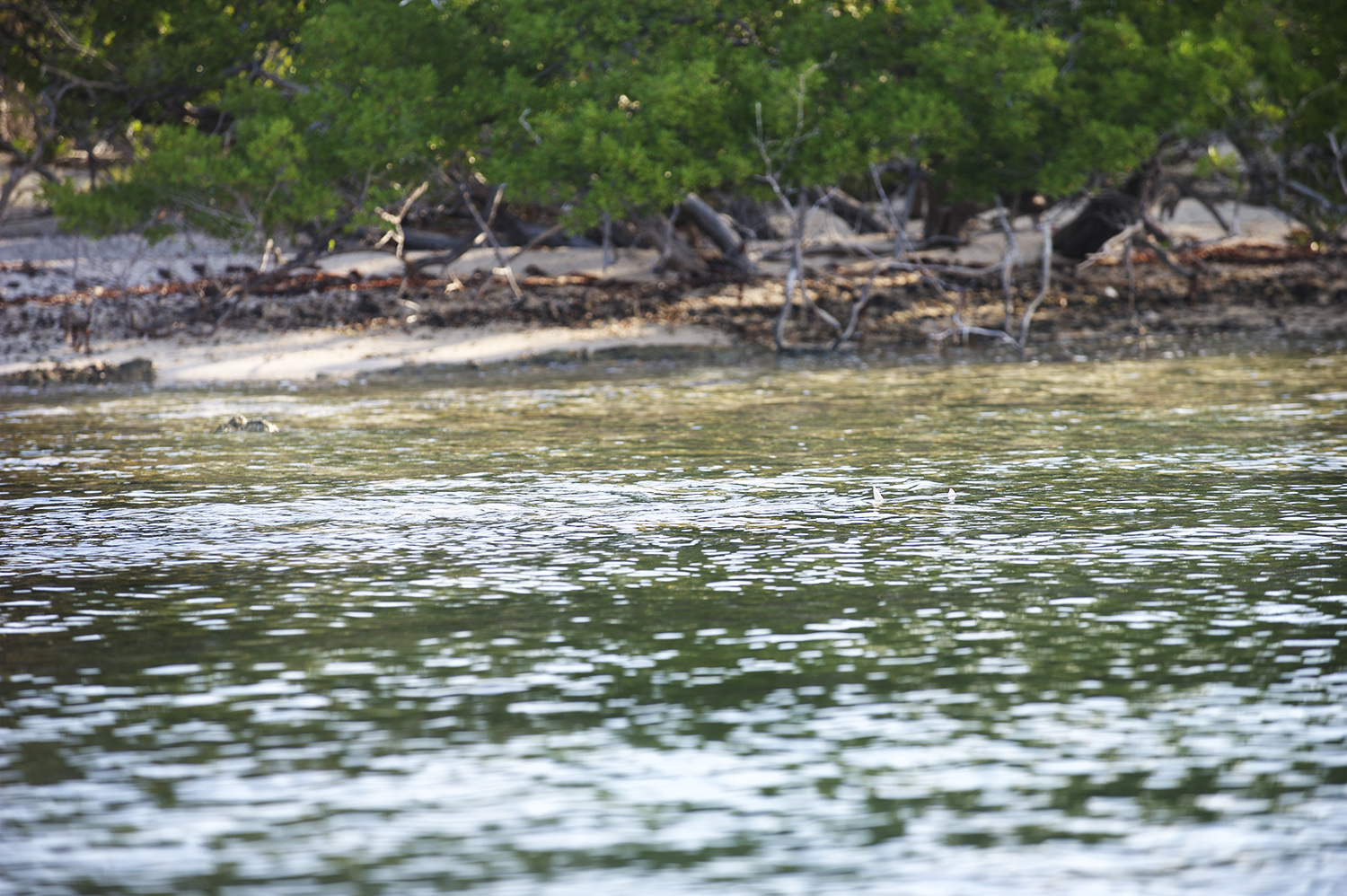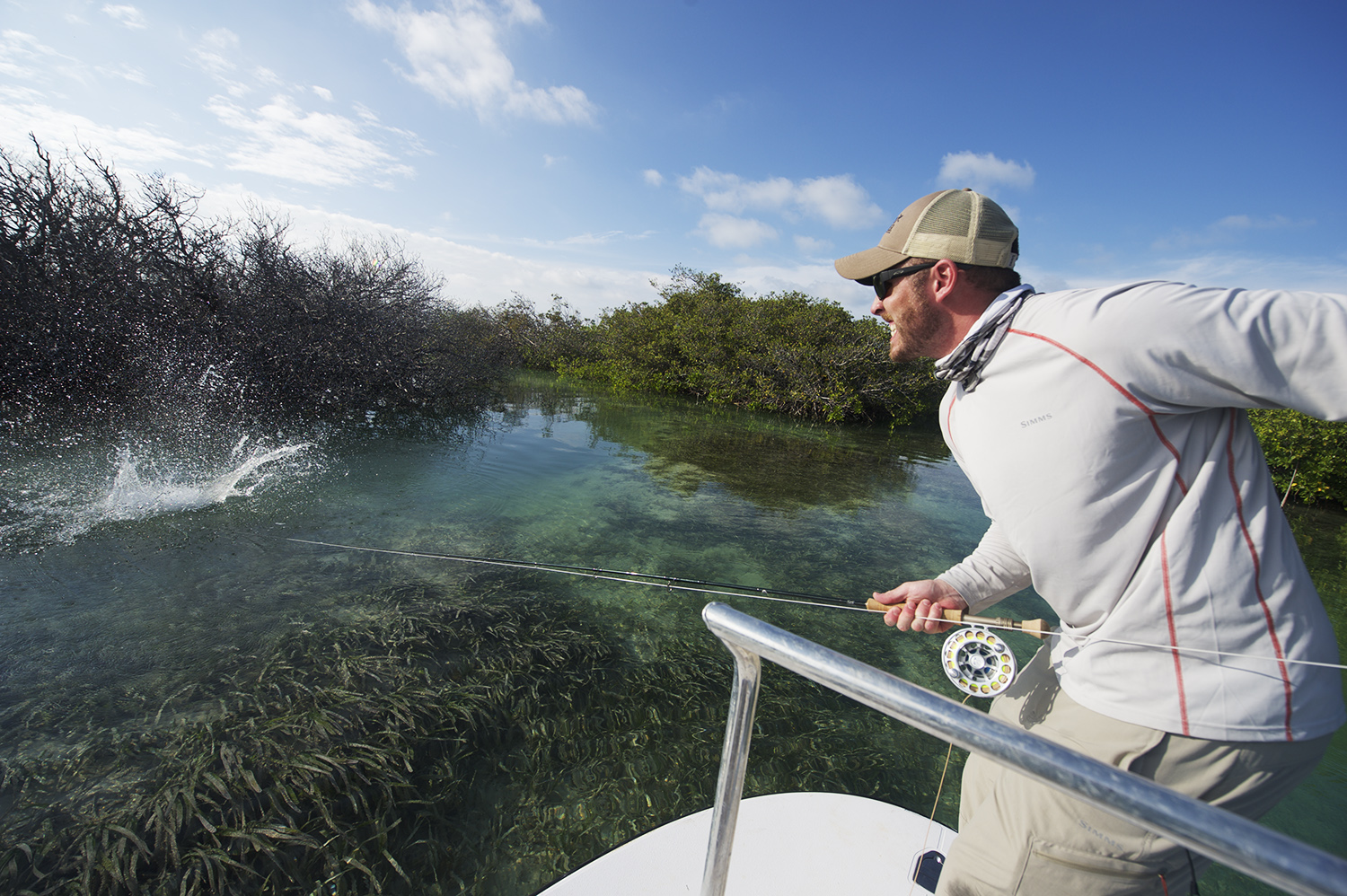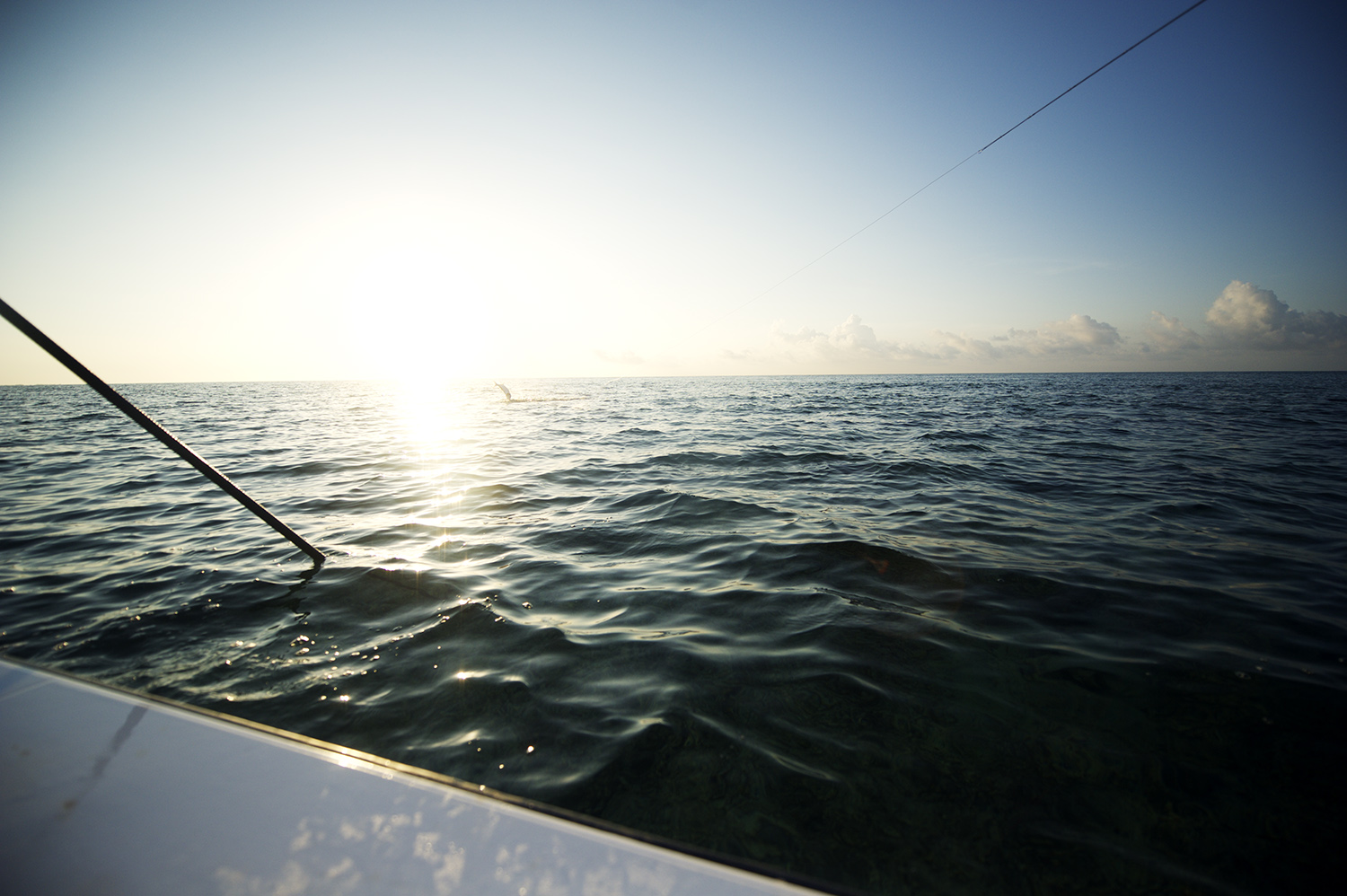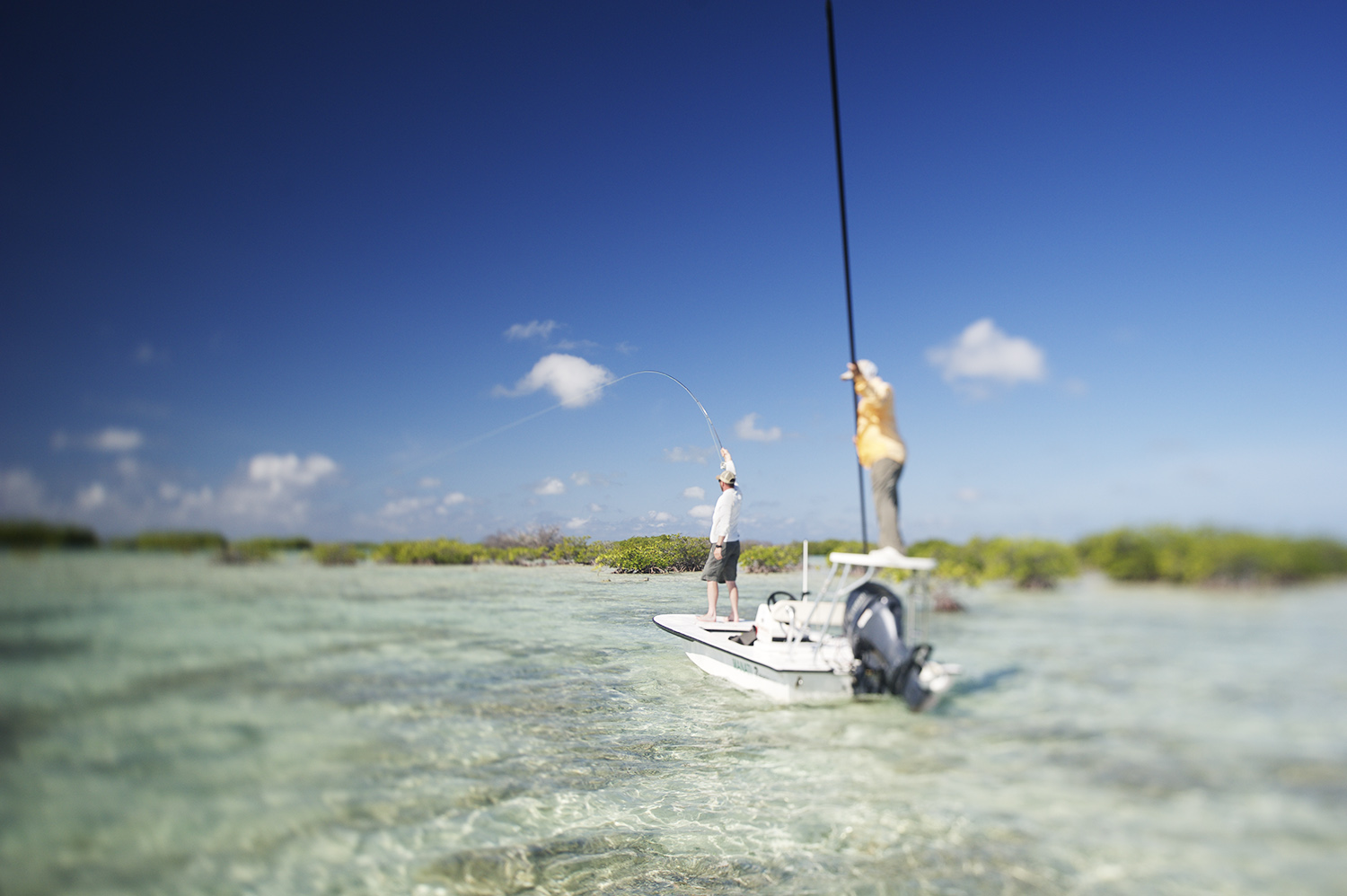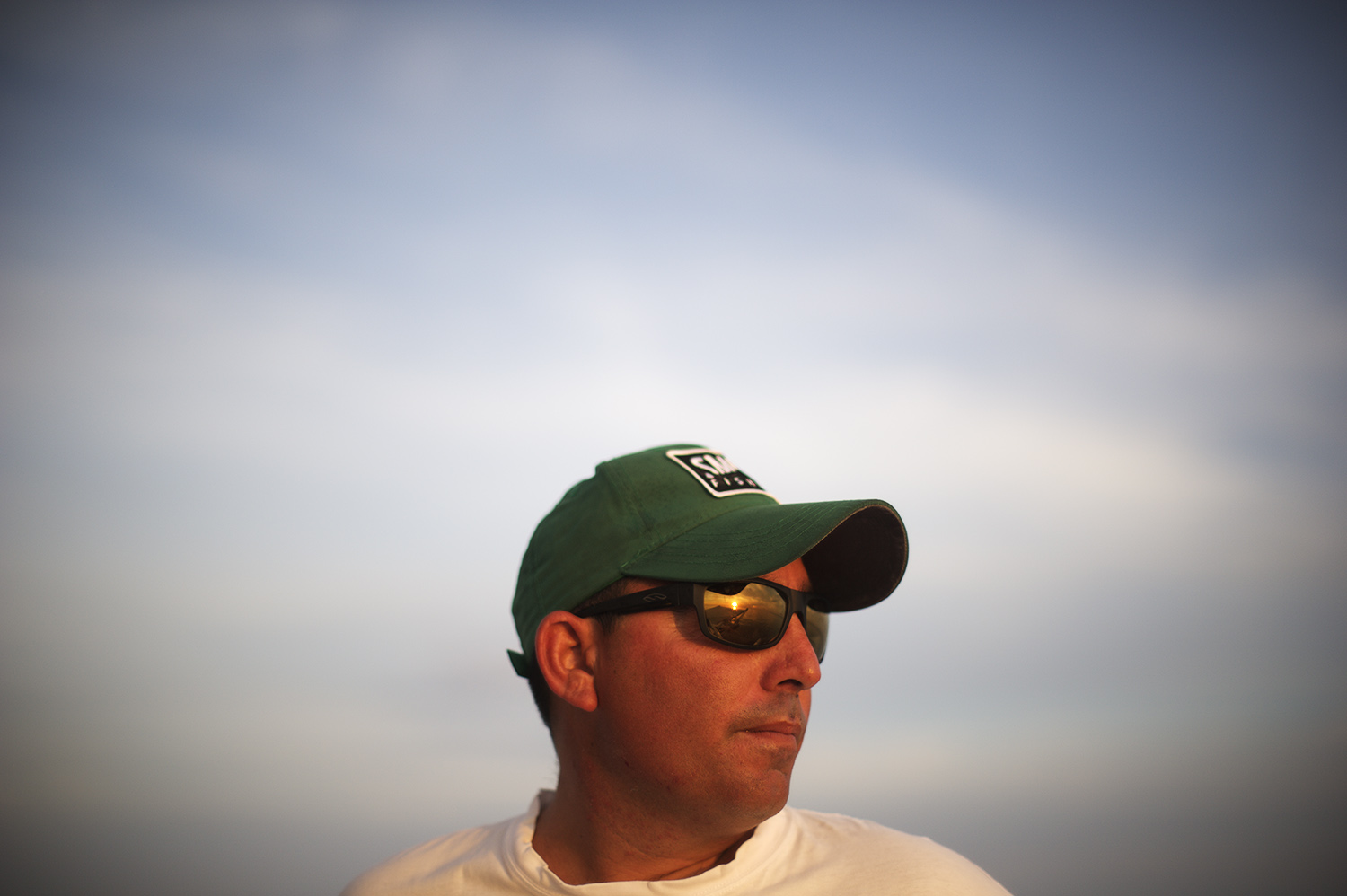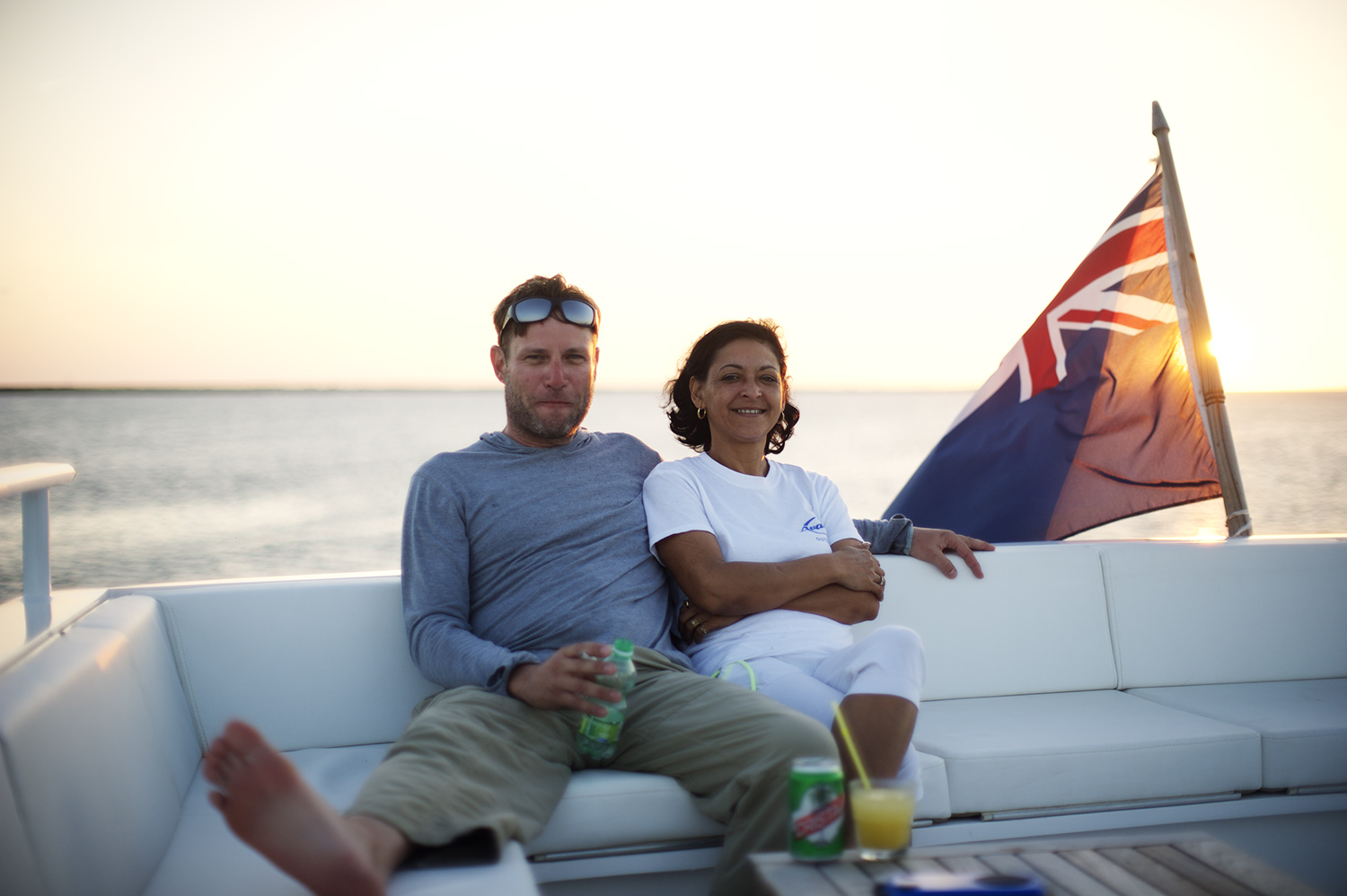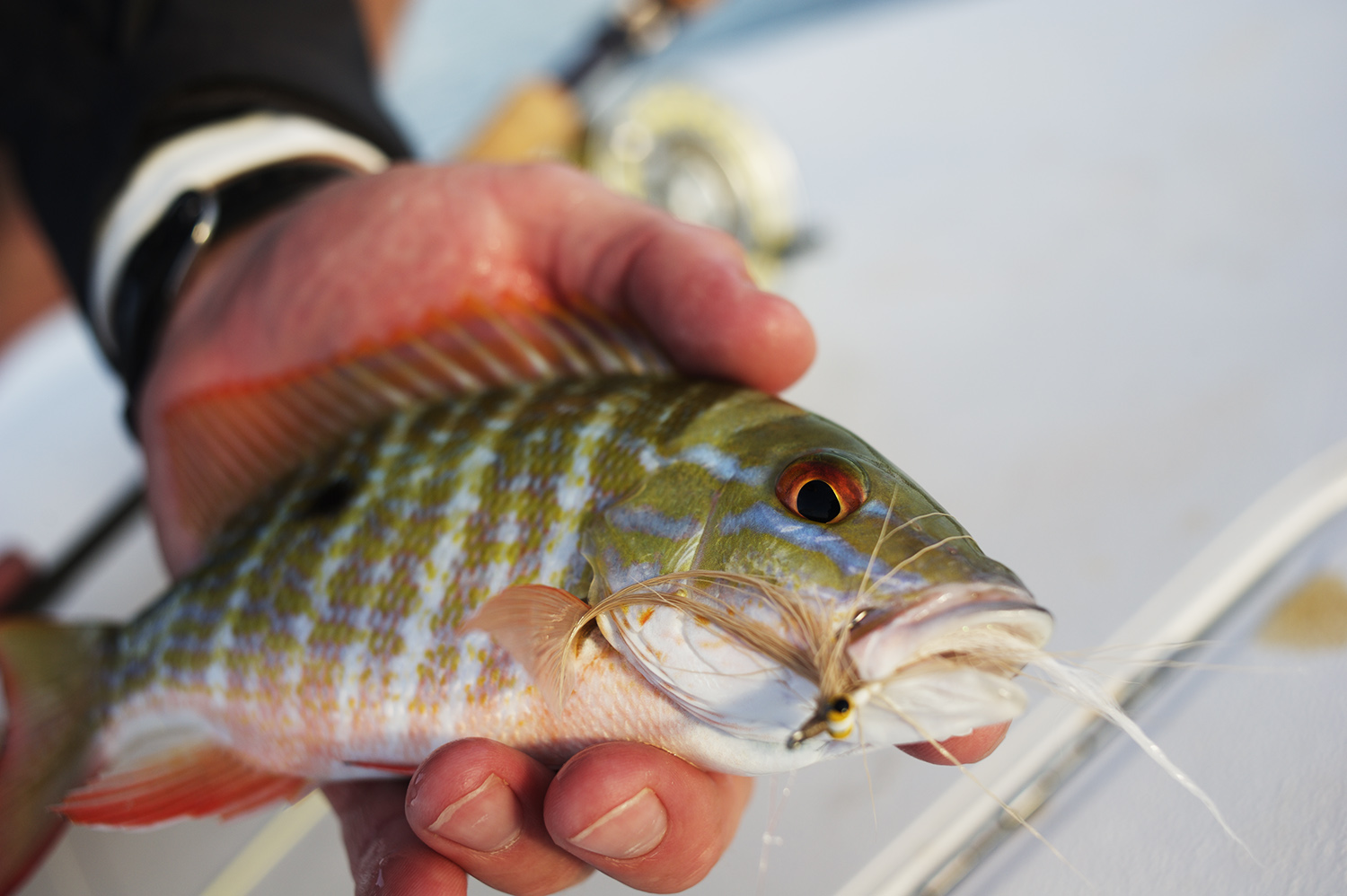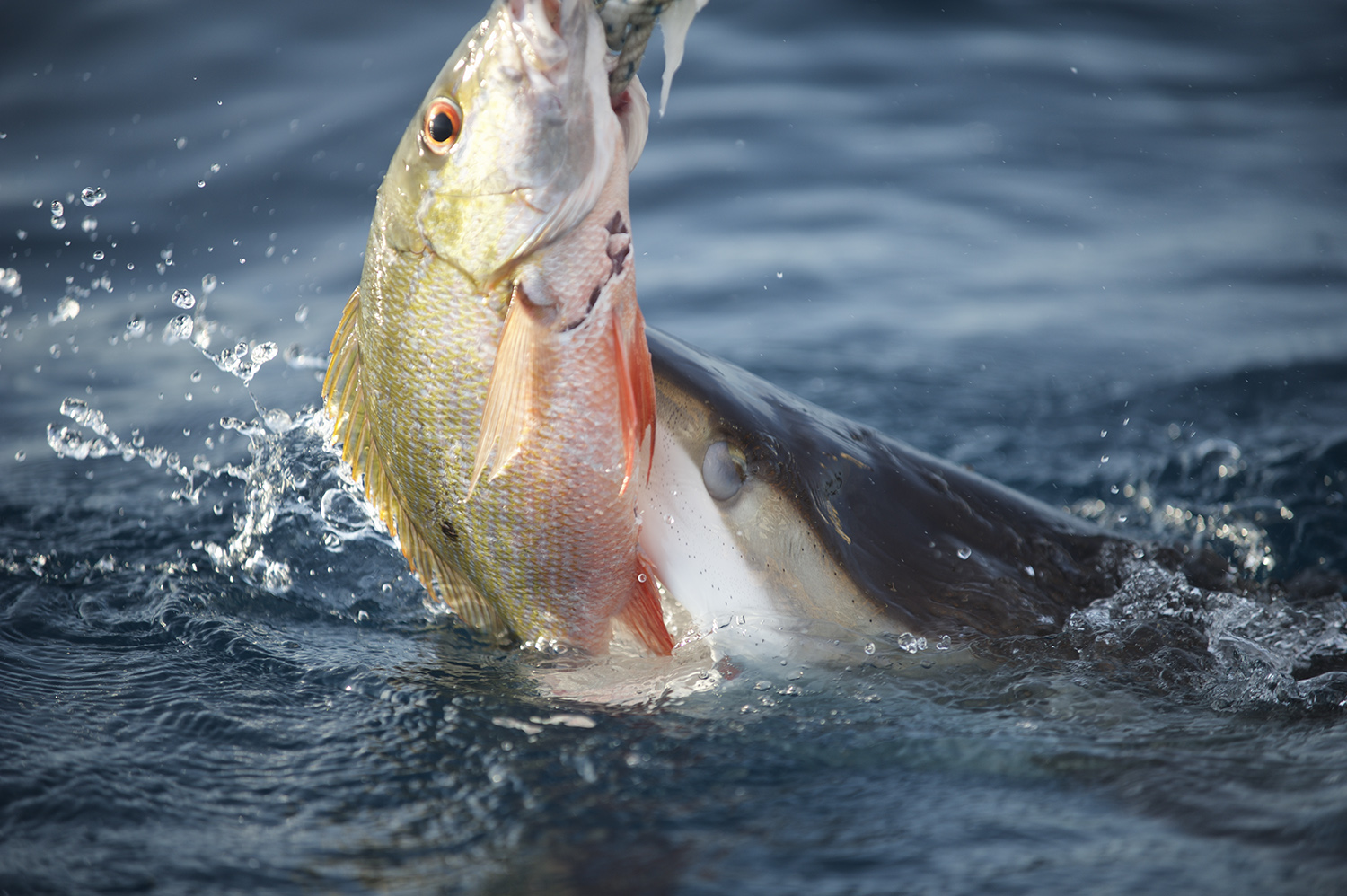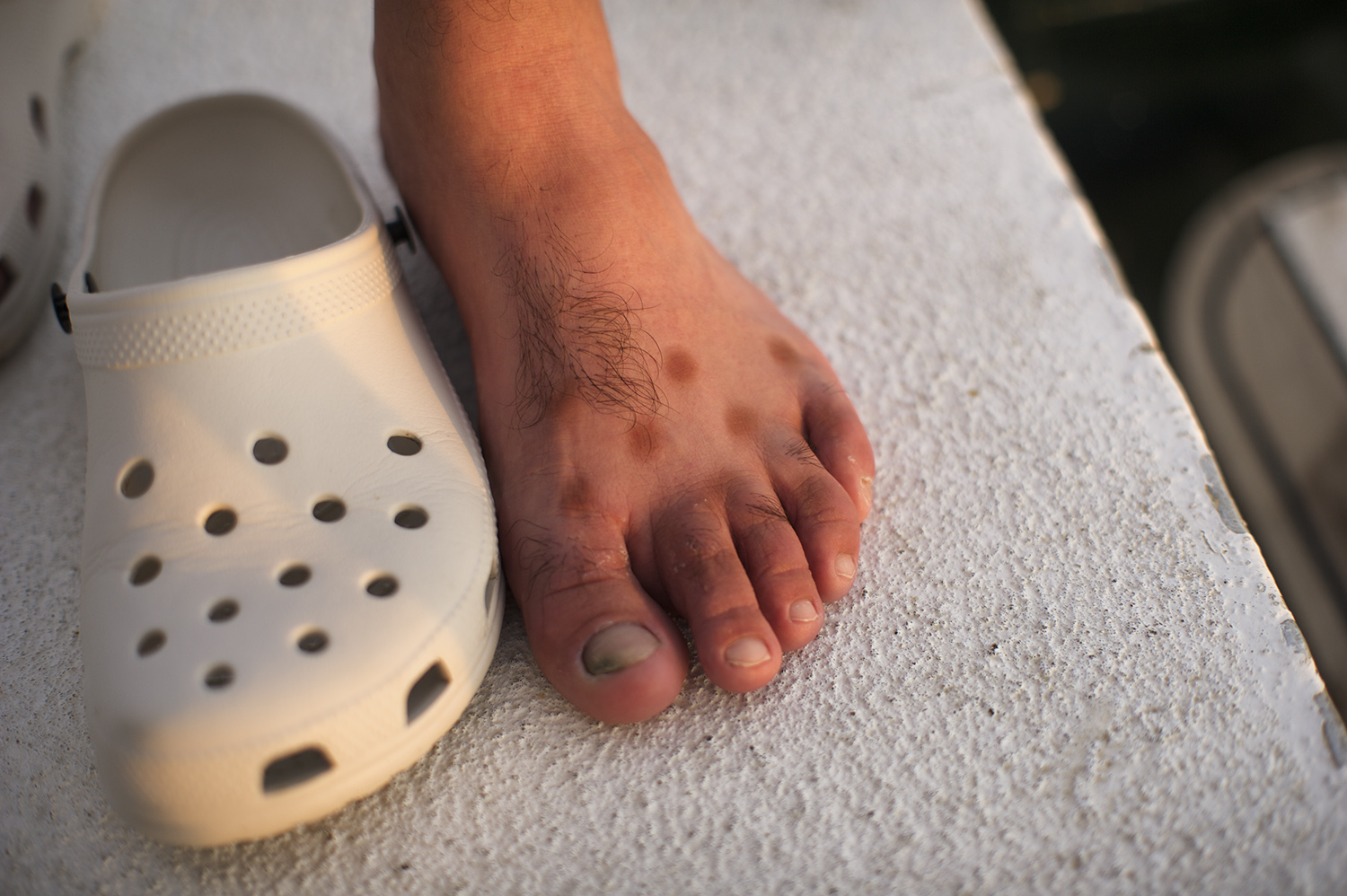Planes, boats and automobiles. I just got back from my second trip down to Cuba and Jardines de La Reina marine archipelago. For a country that is located so close to the US, it's still two entire travel days to get from my home in Idaho to Jardines. Is it worth it? If you are dying to get to Cuba and visit Havana for a few days and you also happen to love saltwater flats fishing your answer is probably yes. Things can go wrong in Cuba beyond the standard food poisoning though. Hotel reservations lost. Unplanned and long travel delays. Stolen luggage at the airport. Don't get me wrong, Cuba is a relatively safe country but these kinks seem to be more prevalent in Cuba than elsewhere.
If you are willing to cope with these relatively benign, albeit painstakingly frustrating, bumps in the road you may find that fishing uncrowded flats with just your friends in sight is well worth the hassle. Also, Cuba is bound to change with the increased interest, mainly among Americans, to visit. Major changes seem imminent and getting a glimpse now or even a few years ago will undoubtedly be substantially different than whatever the Havana will be in 15 or so years.
With all of that said, bumps in the road often lead to better stories and wilder memories... I have just started to sort through my images from the trip and here are just a few. Double-Click any of the images to enlarge:
Bonefish
Winds were 55 knots on our way back from Jardines.
Woman. Júcaro, Cuba.
Young girl. Júcaro, Cuba.
Bar. Júcaro.
Sunset and horizon. Jardines de La Reina.
A bow to the tarpon. Eric Lyon hooked up in the mangroves.
Artist Ed Anderson strums his custom, tarpon-skin ukulele. Jardines de La Reina.

